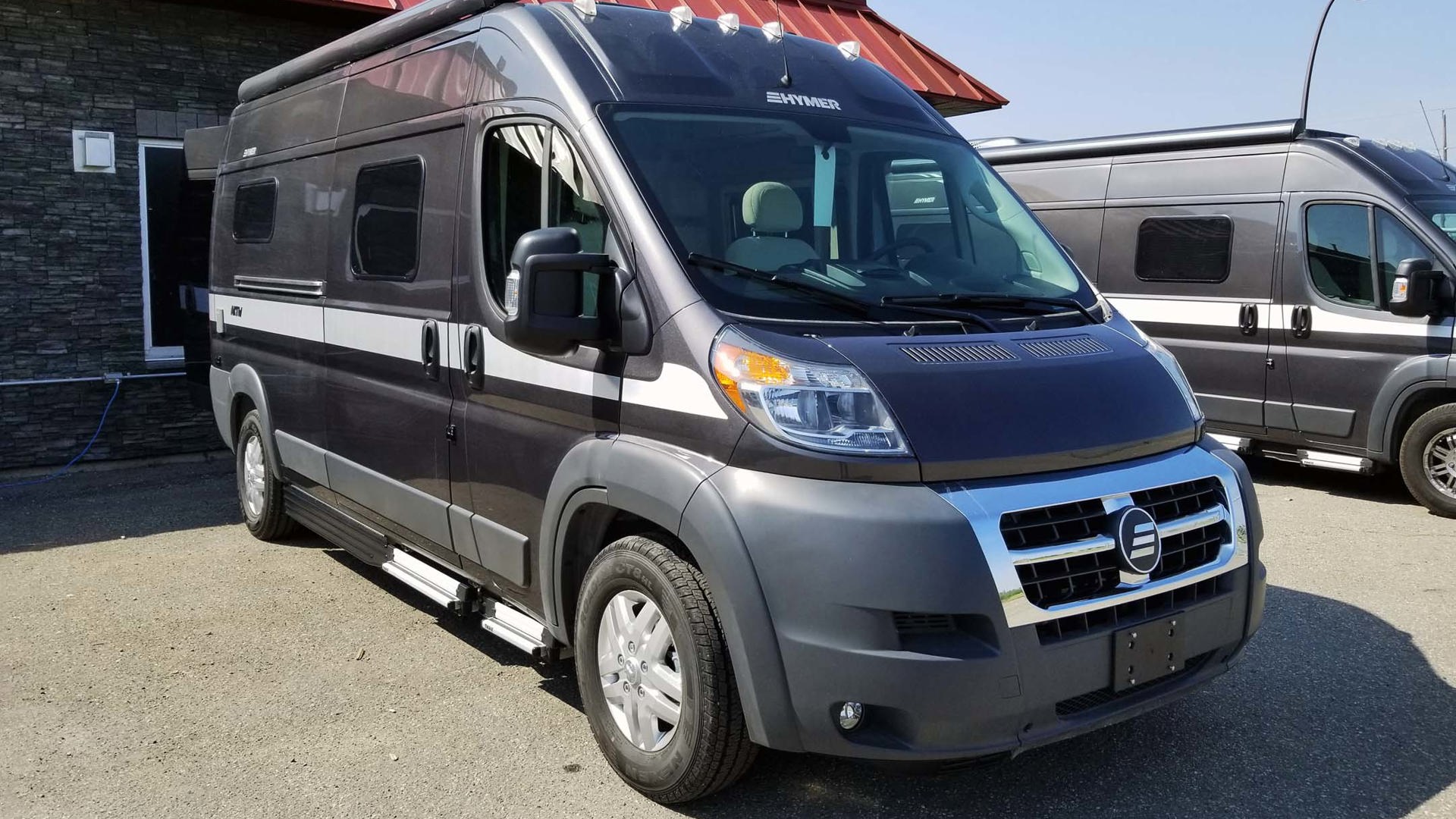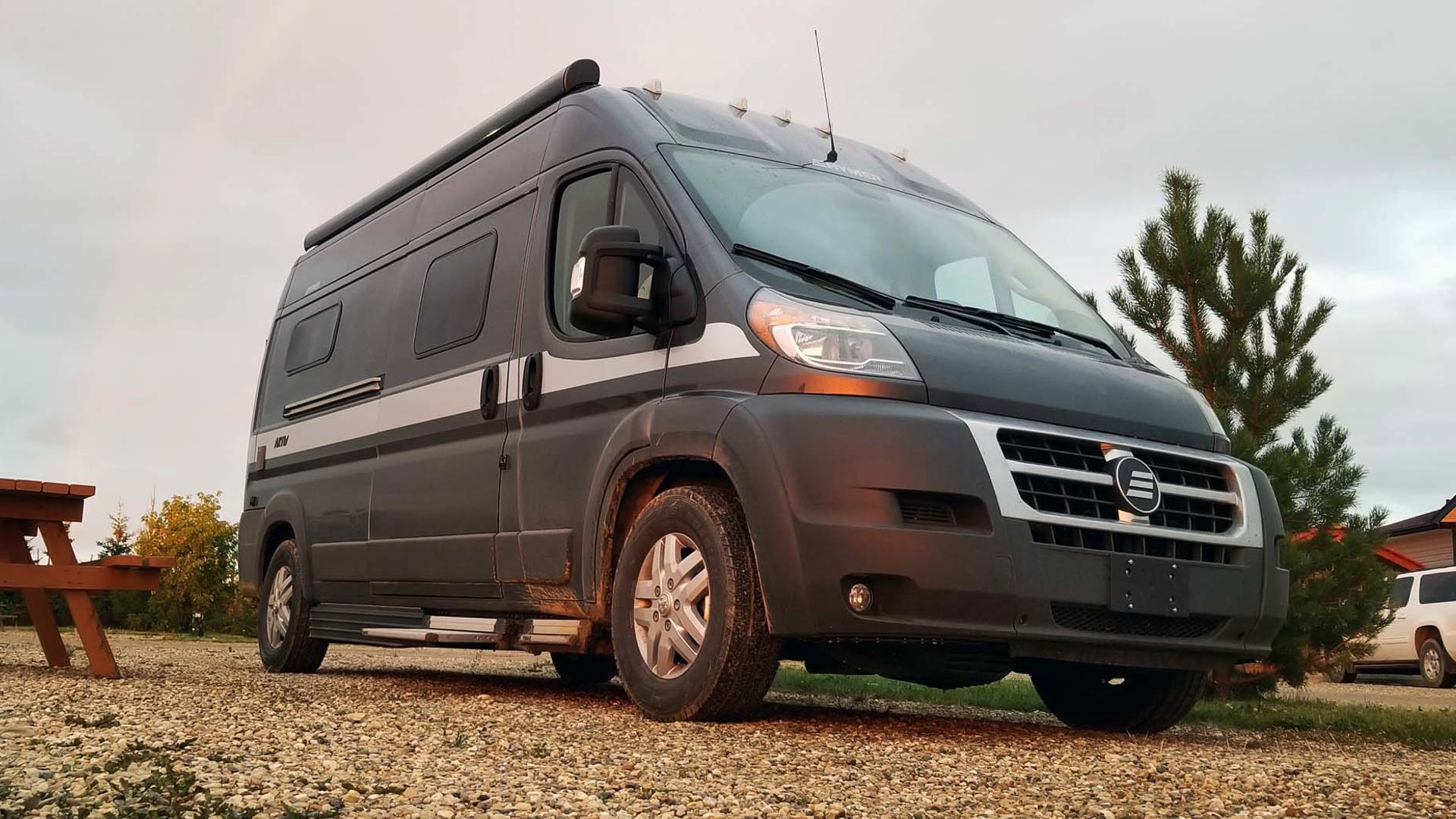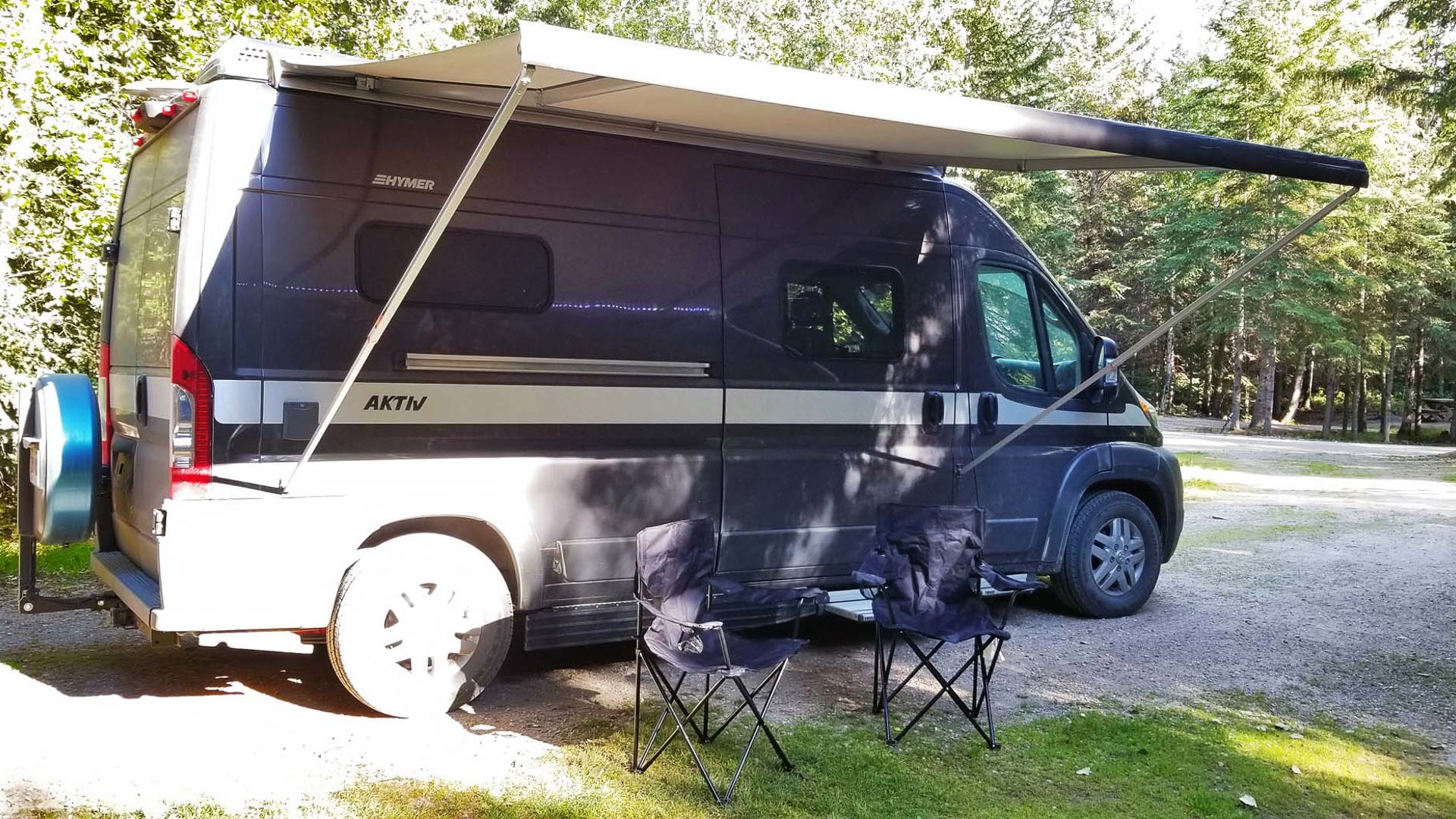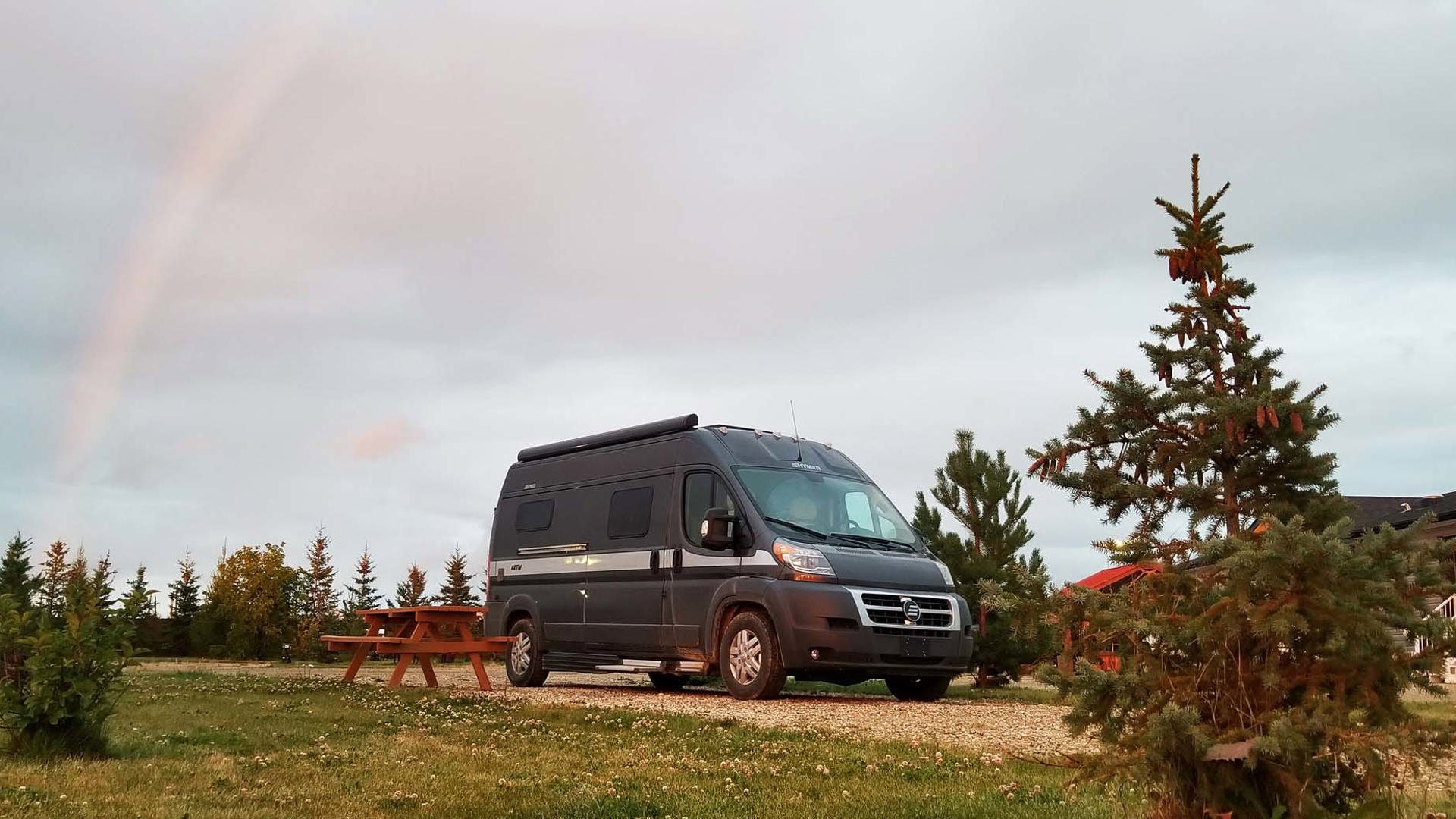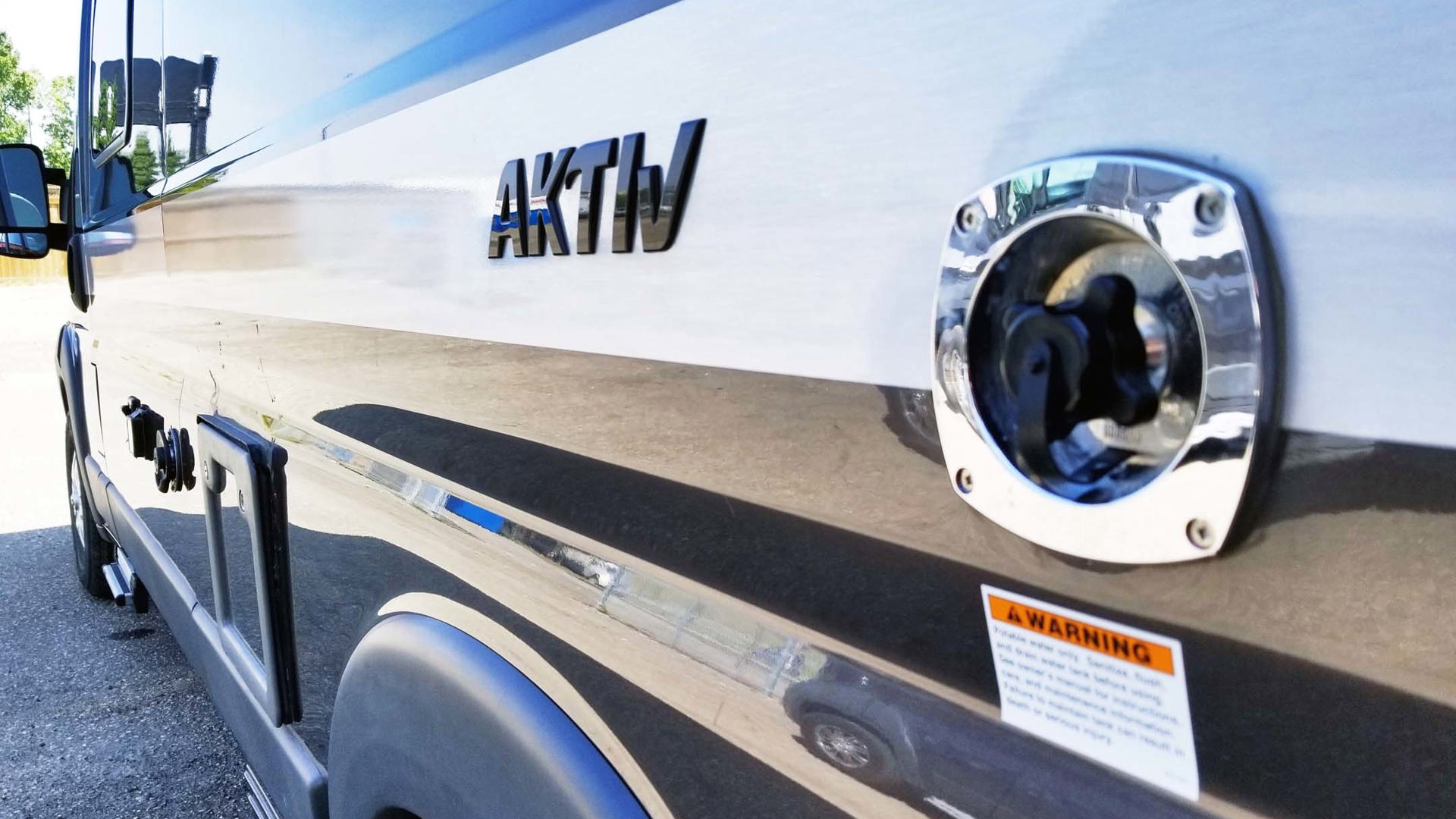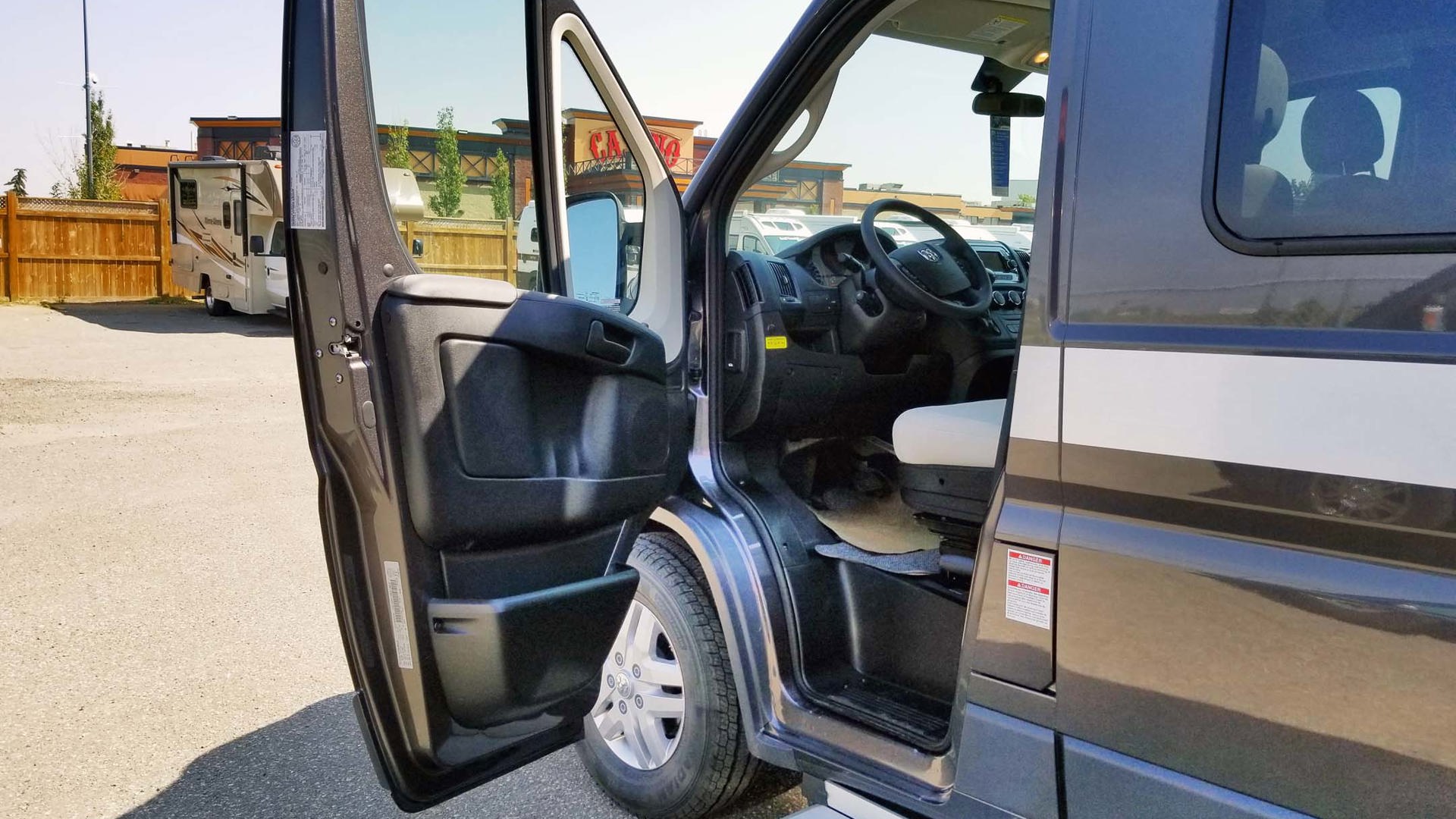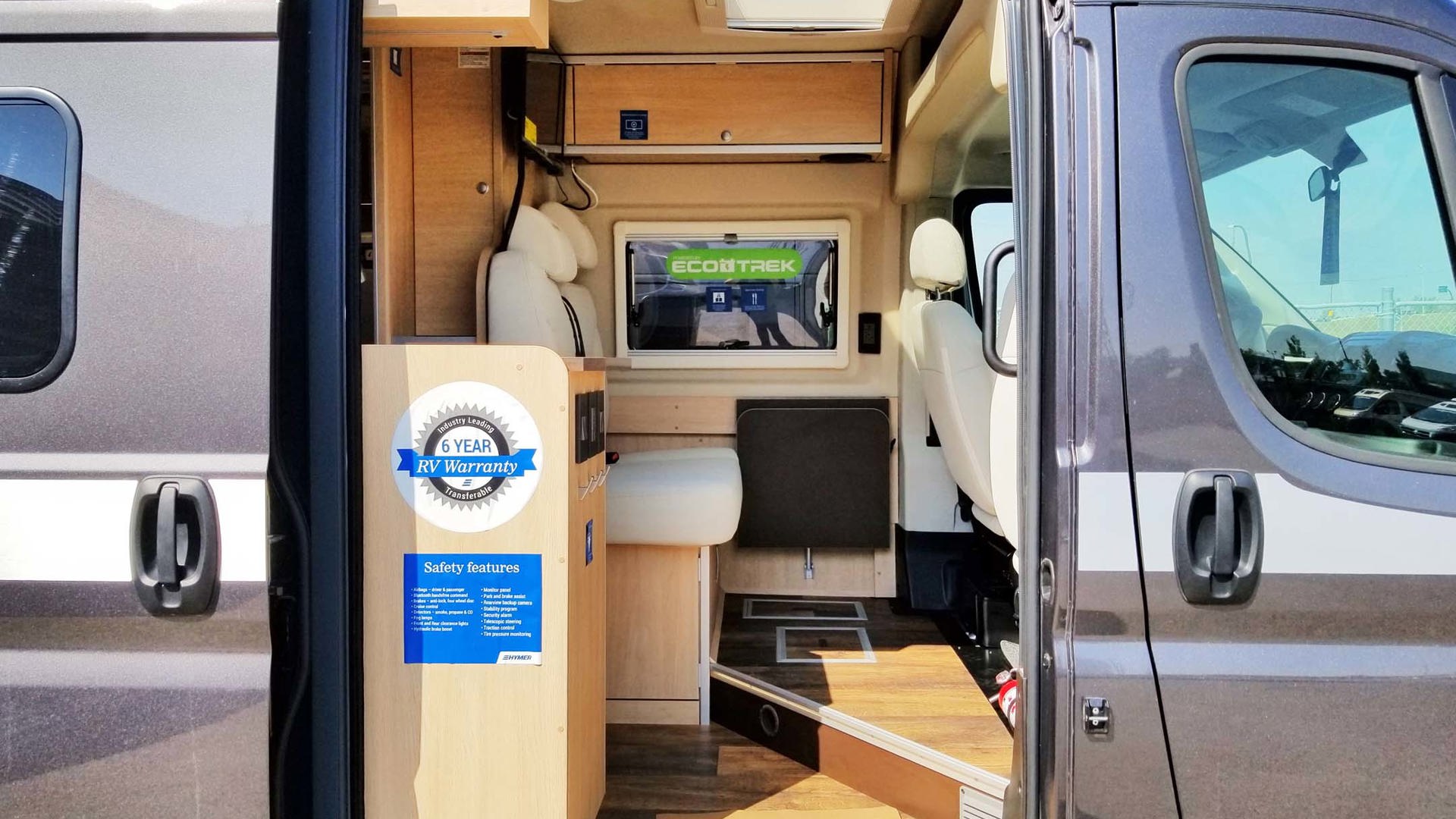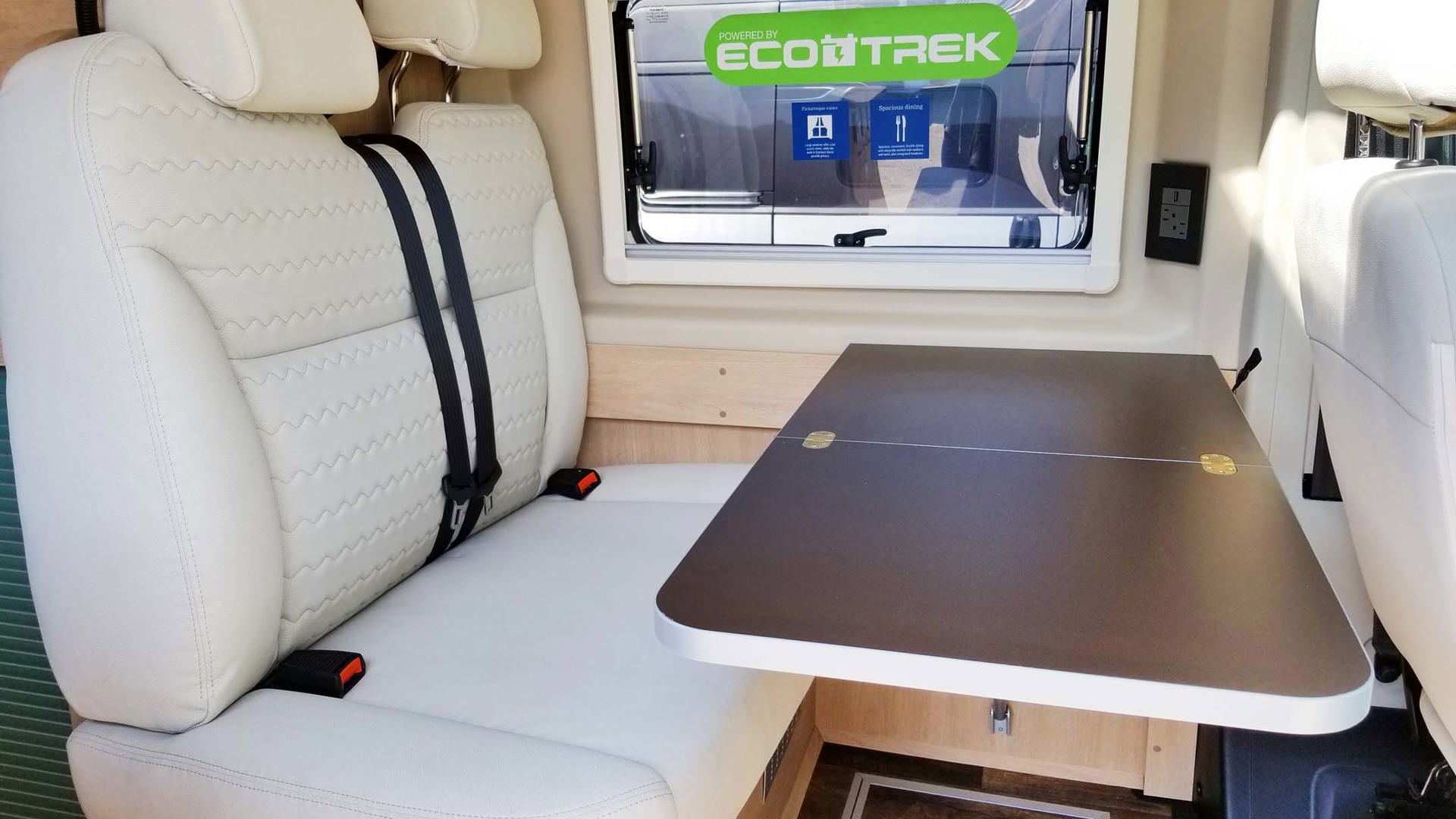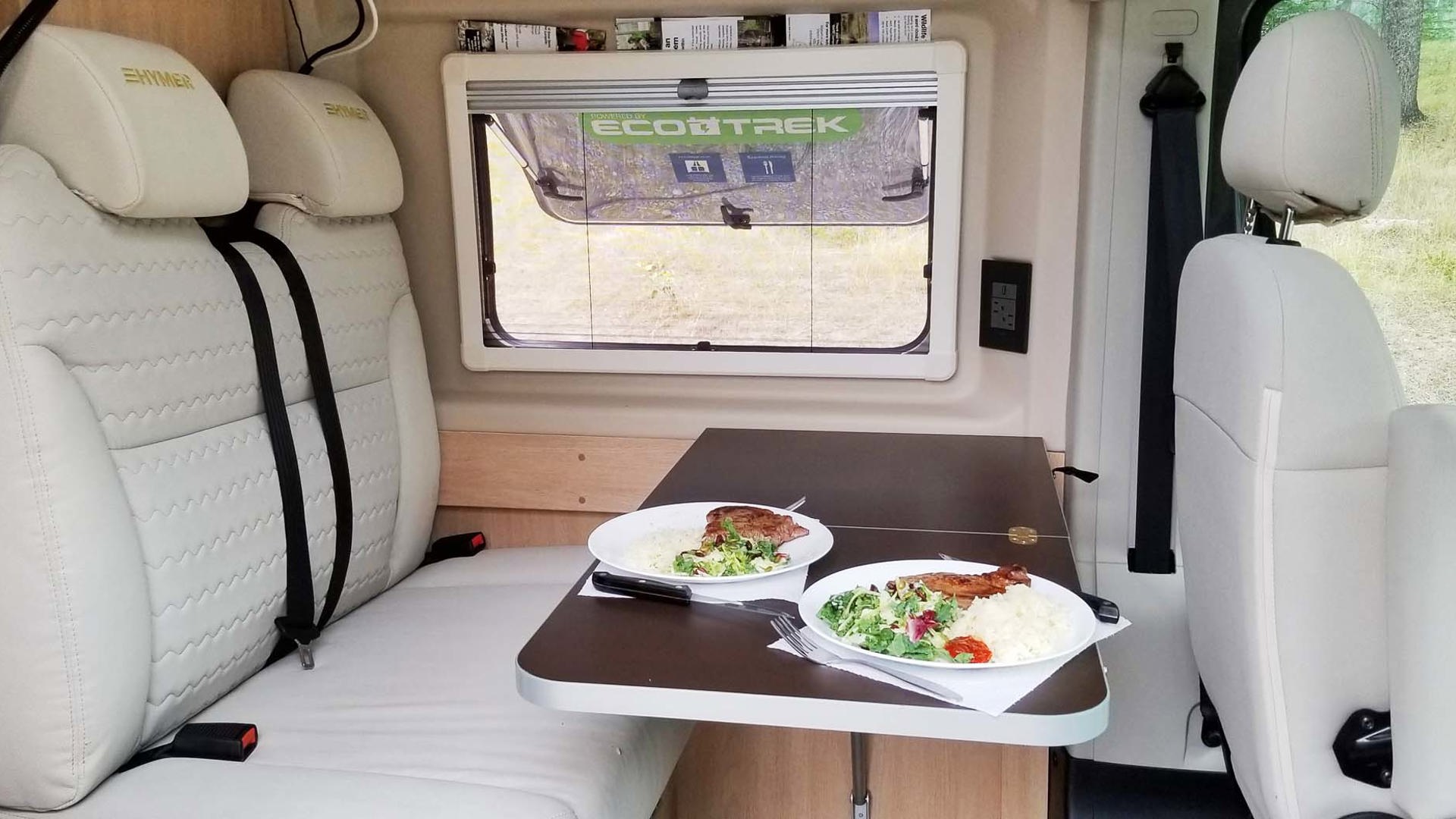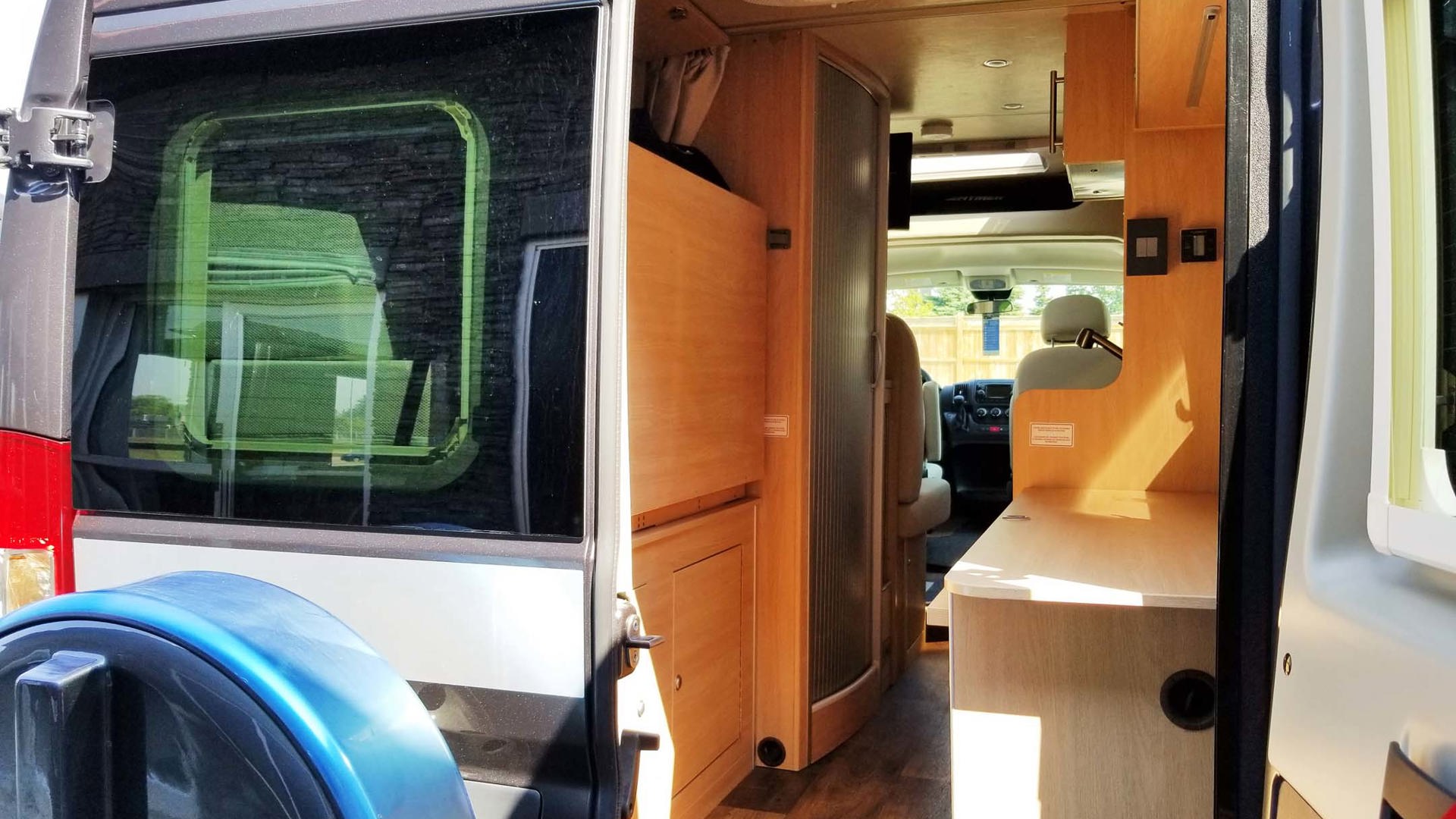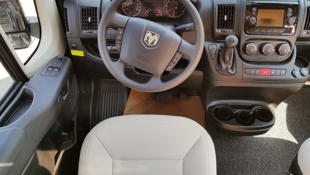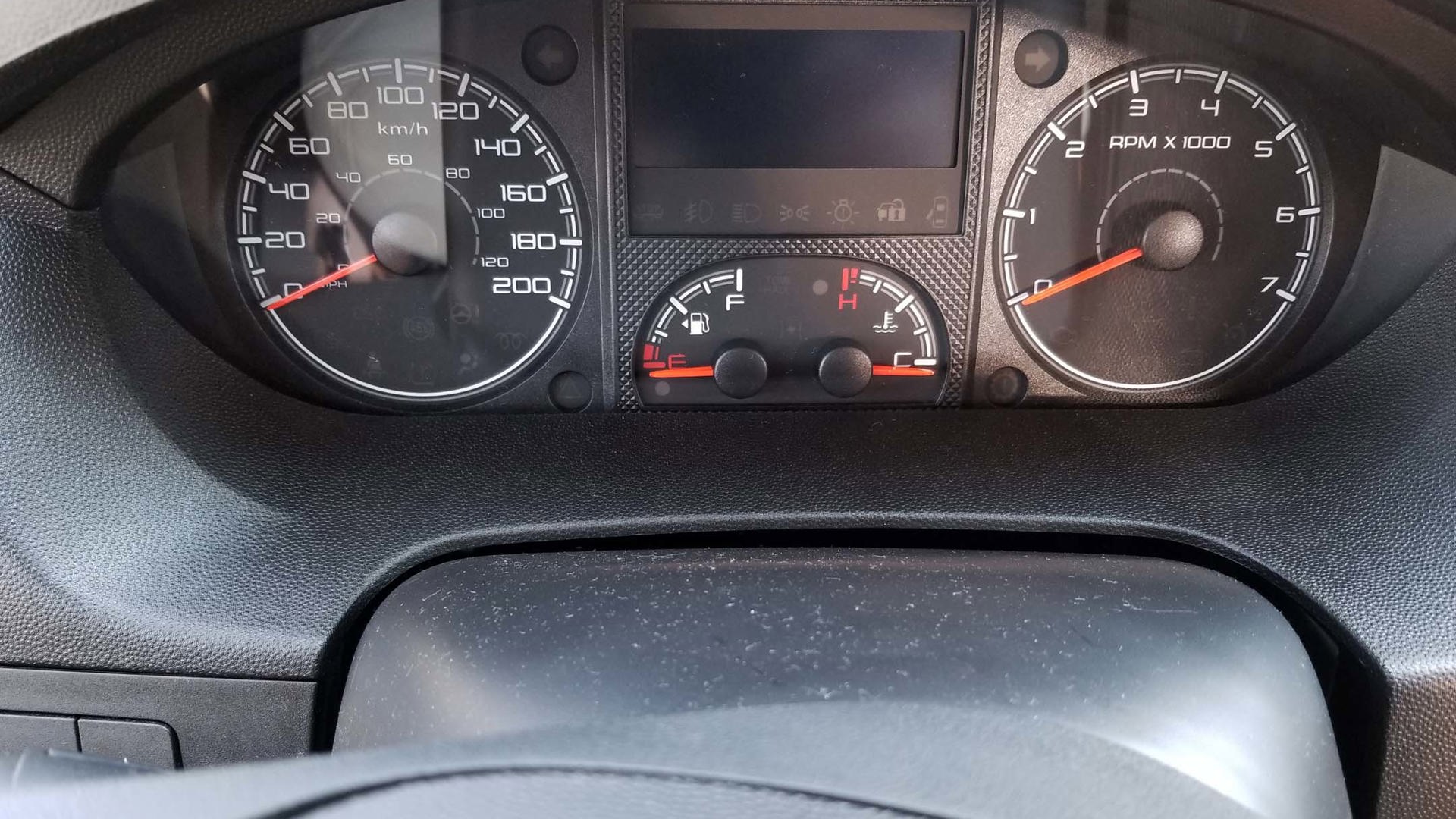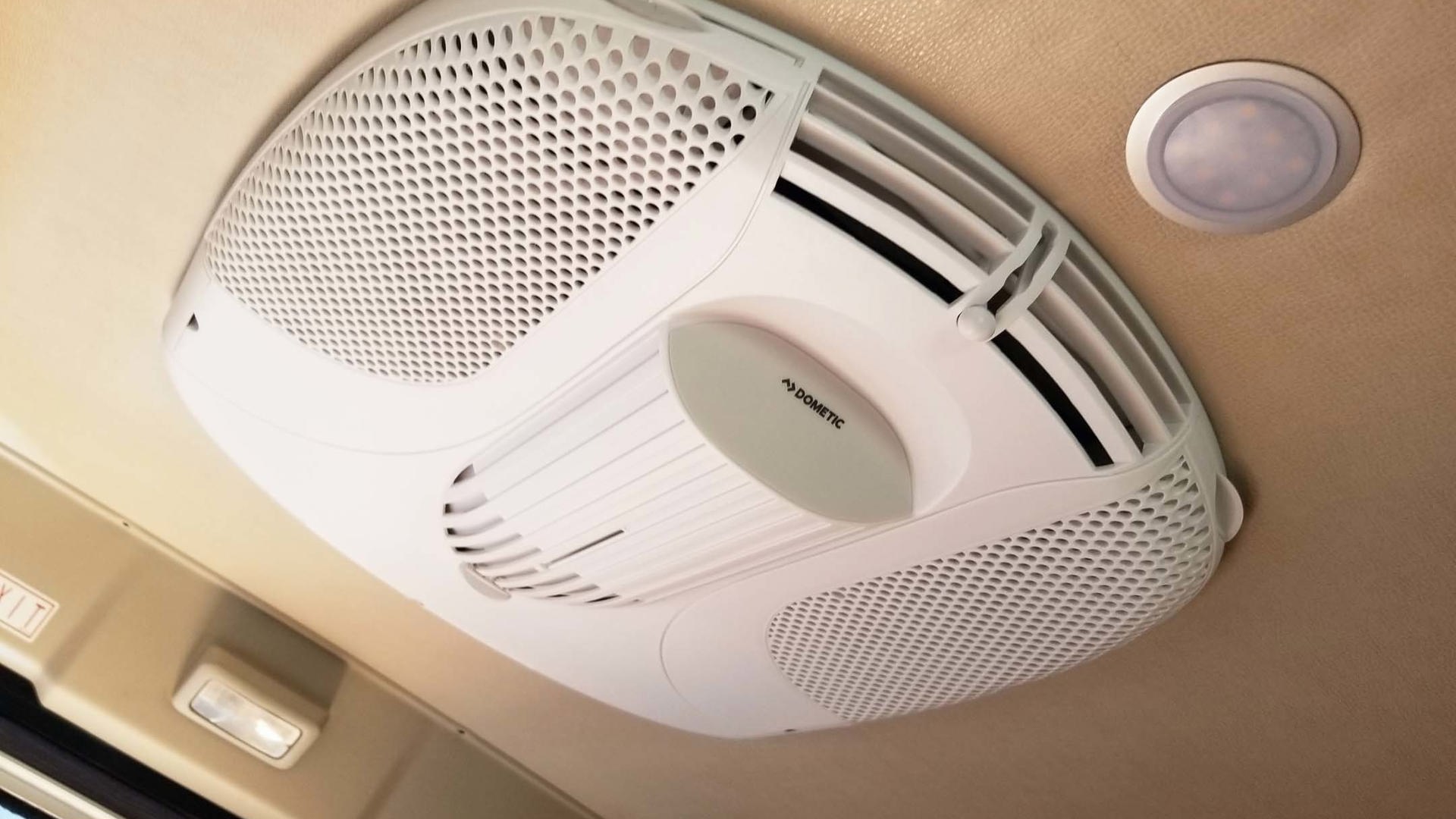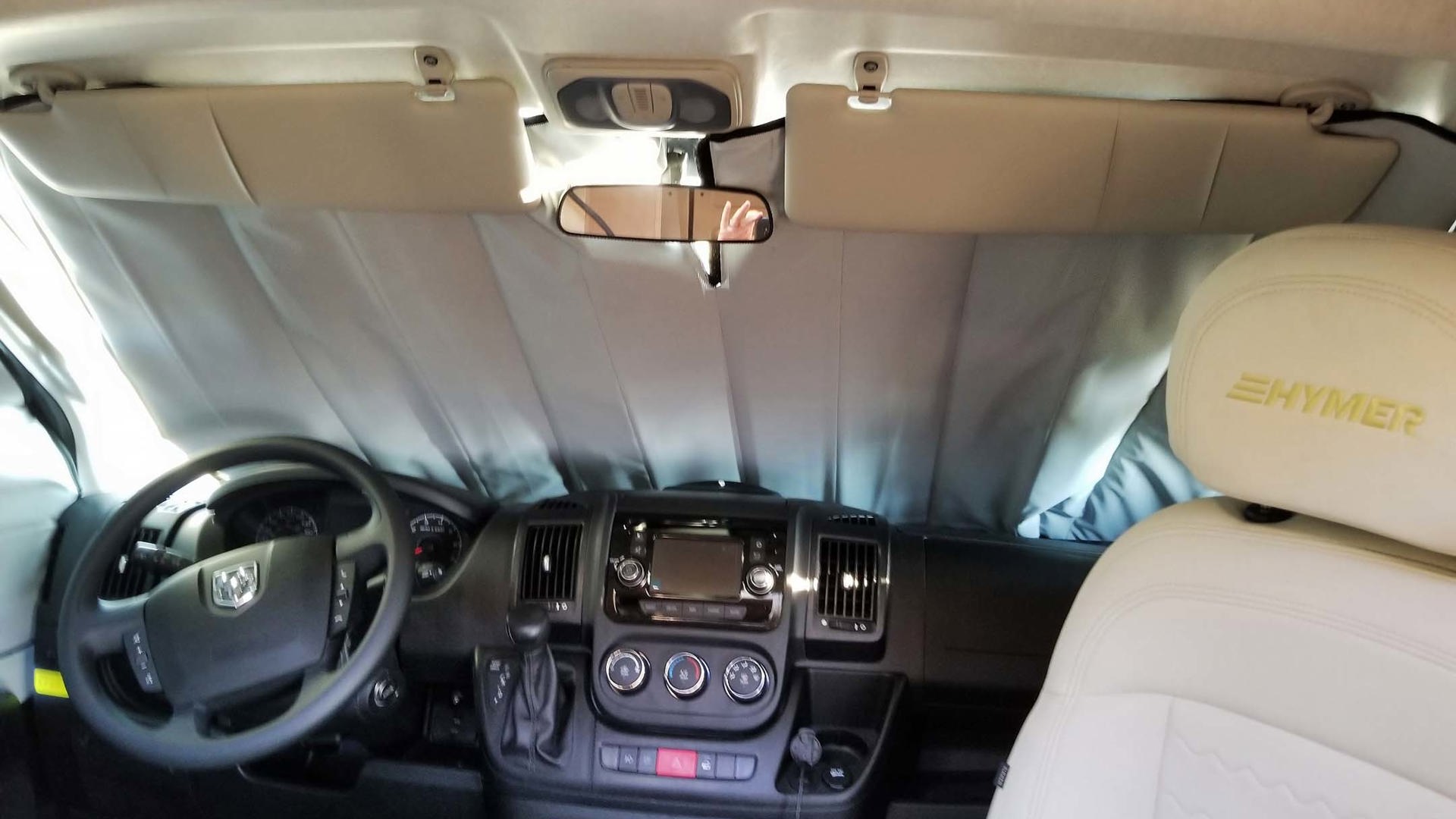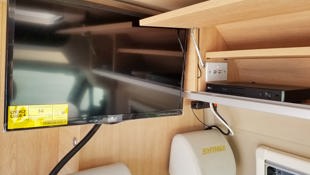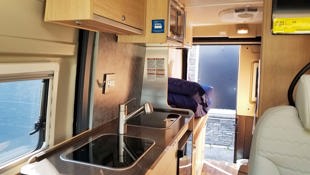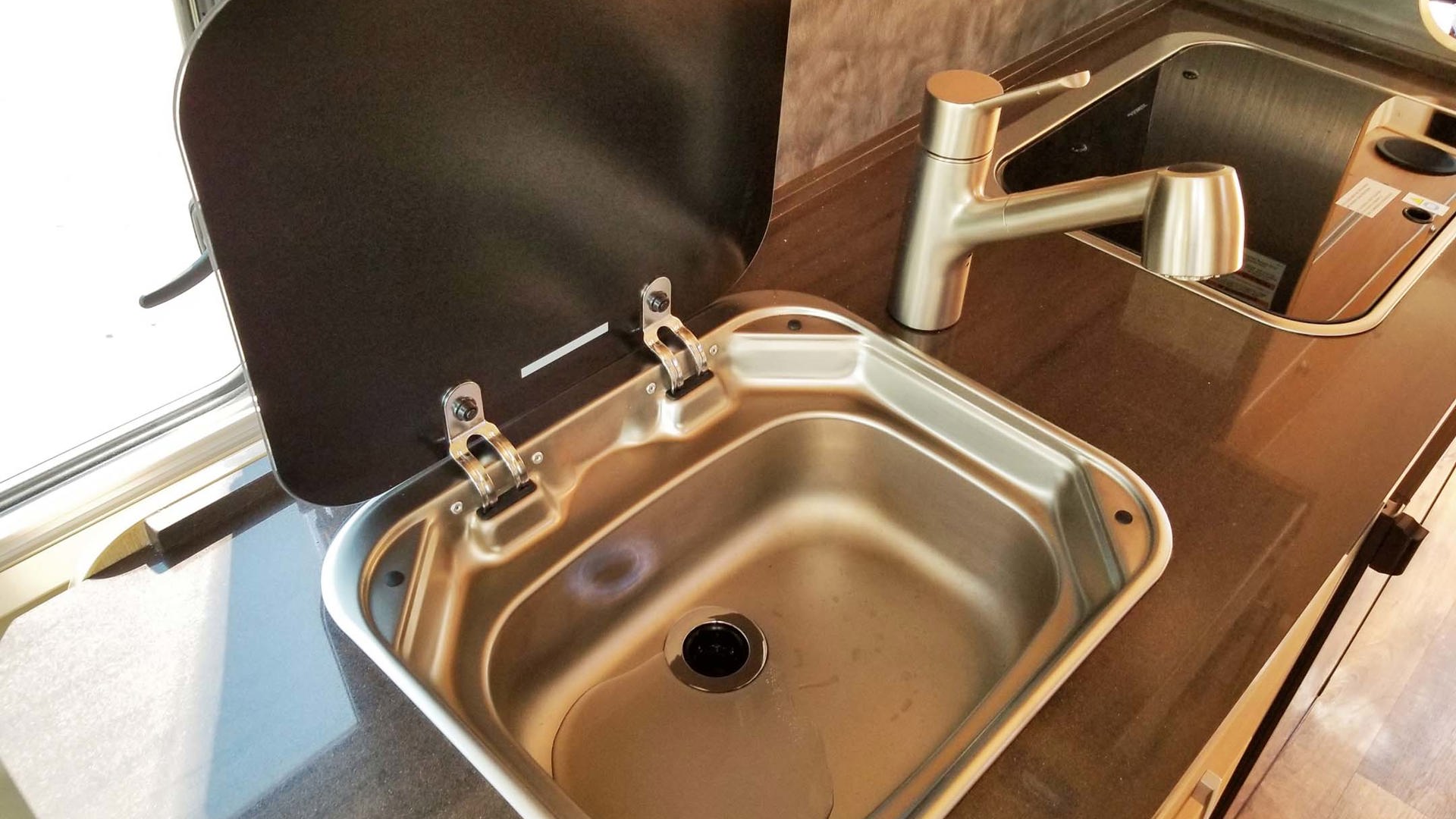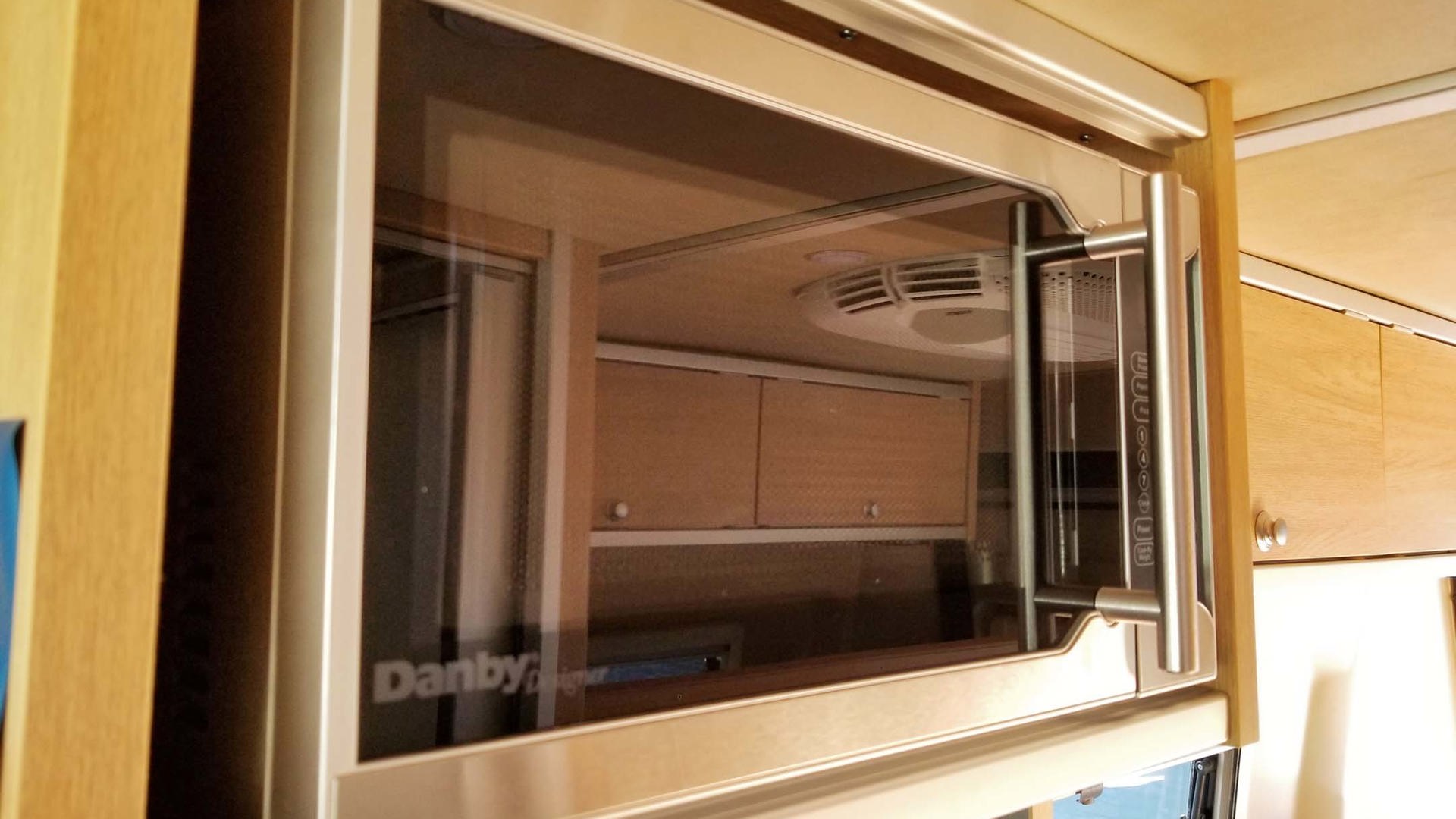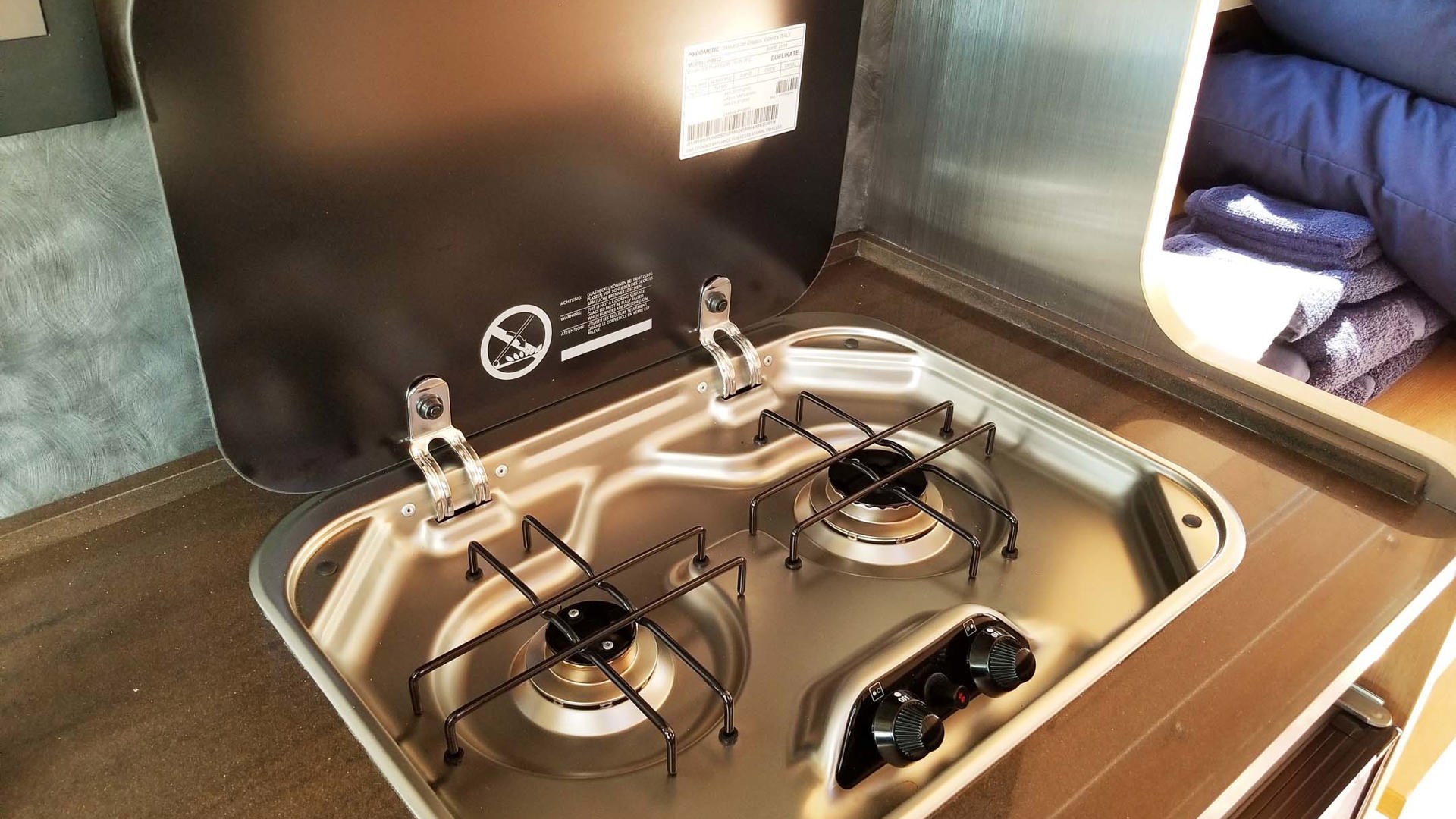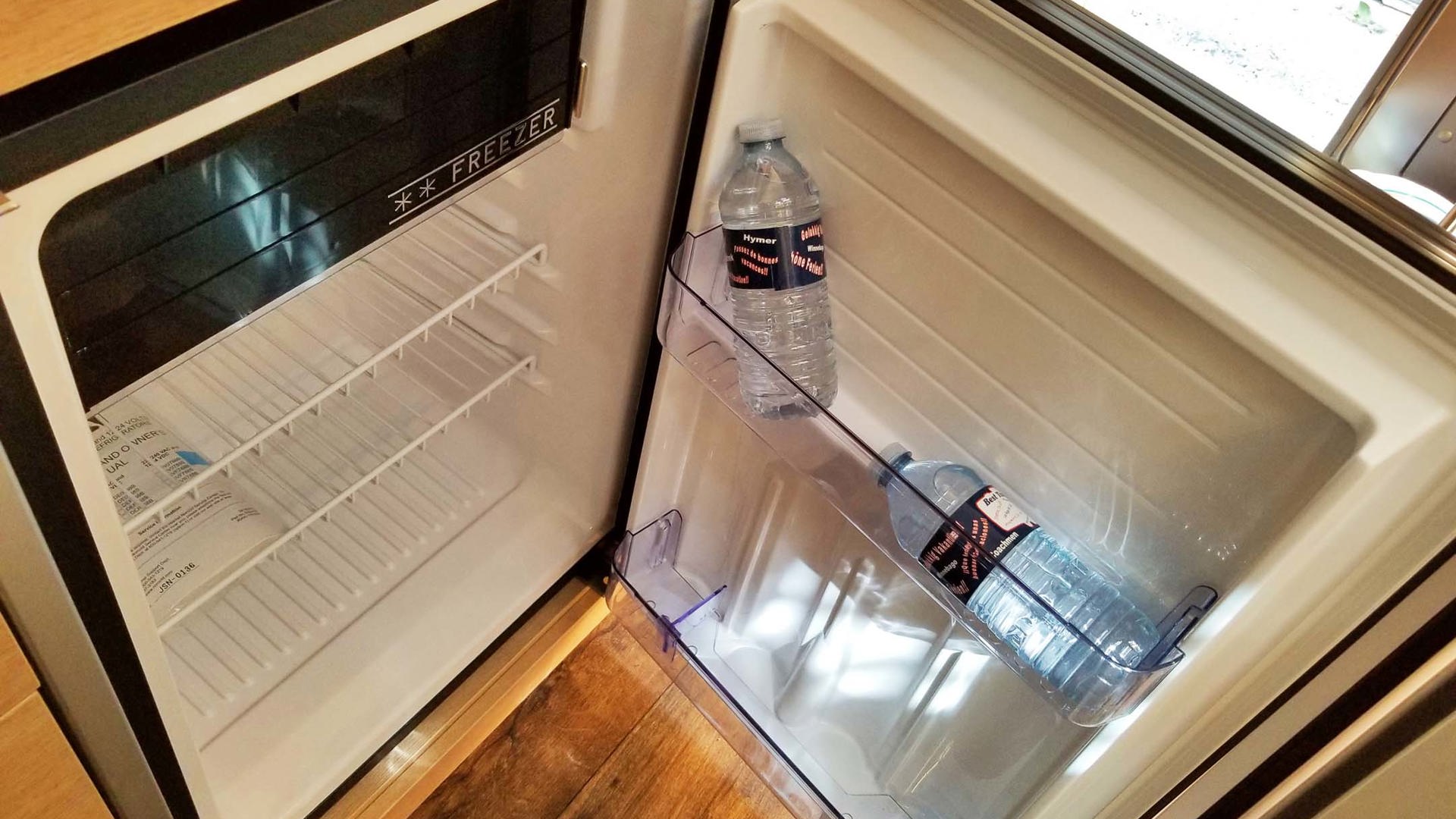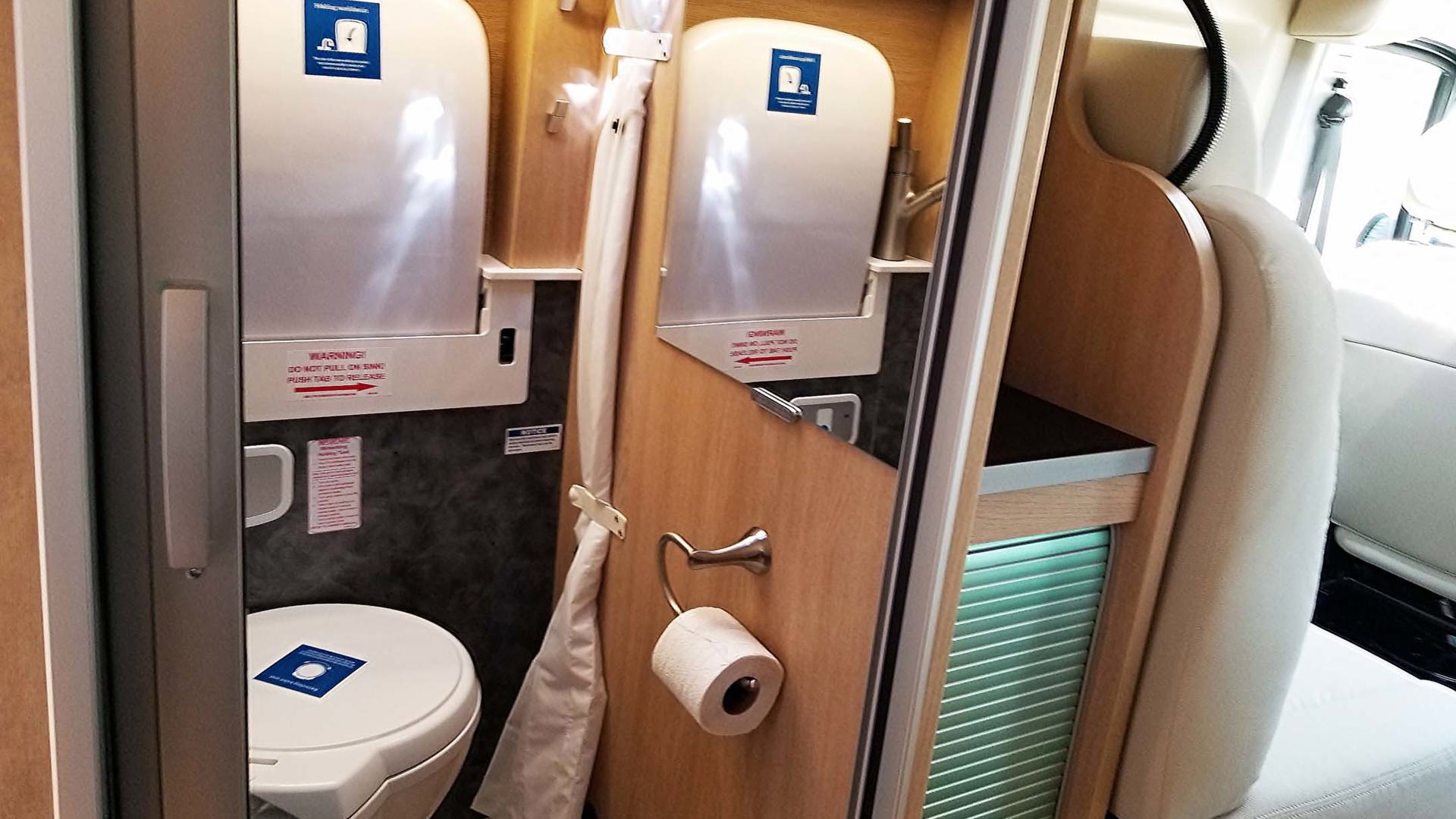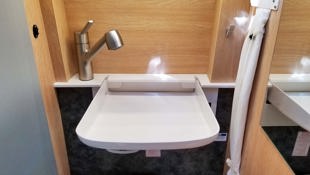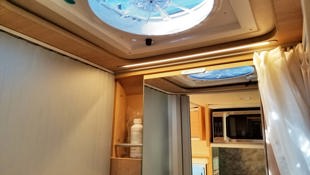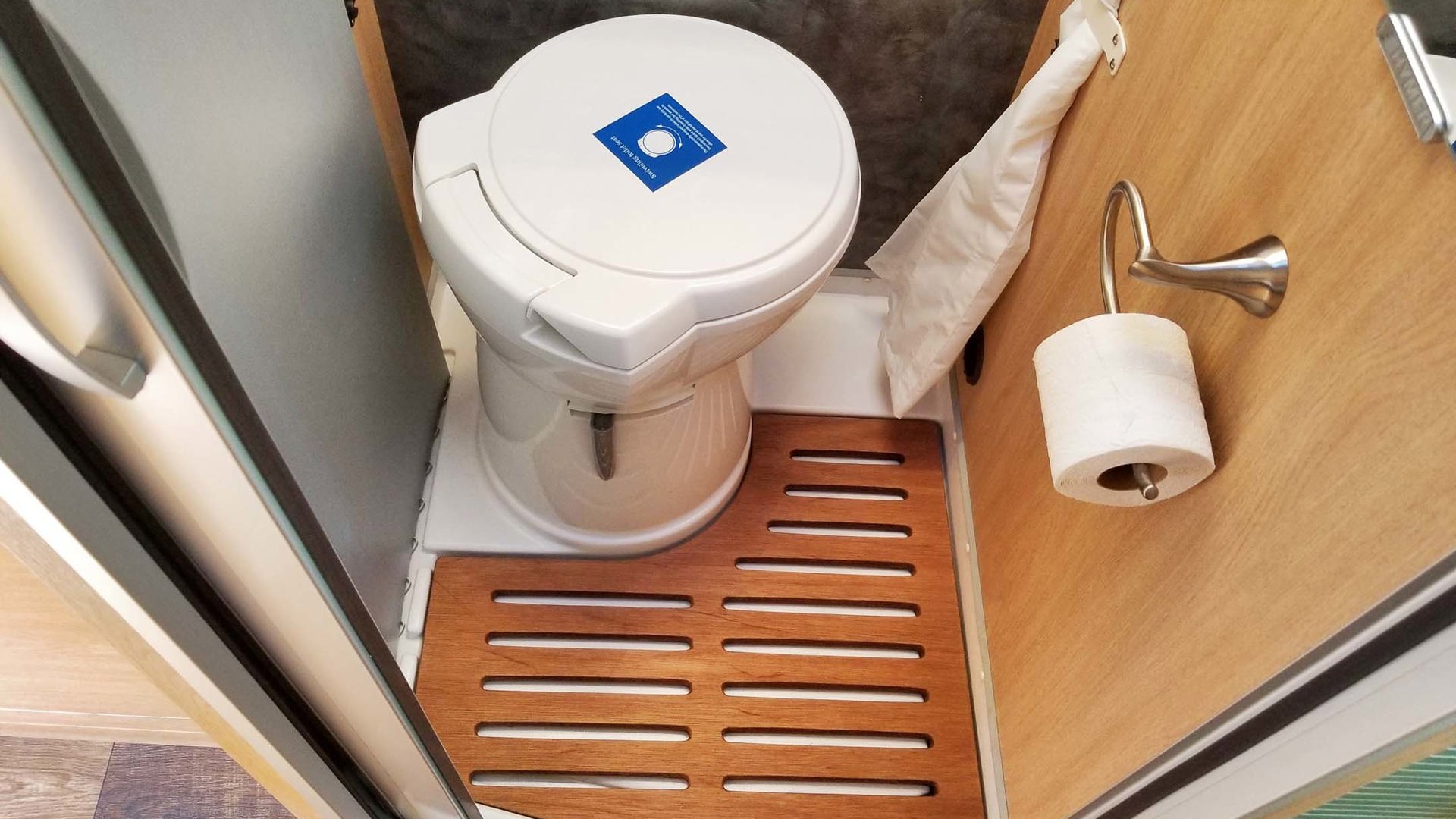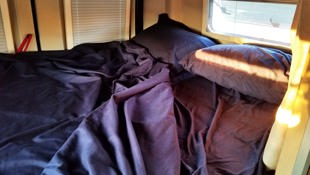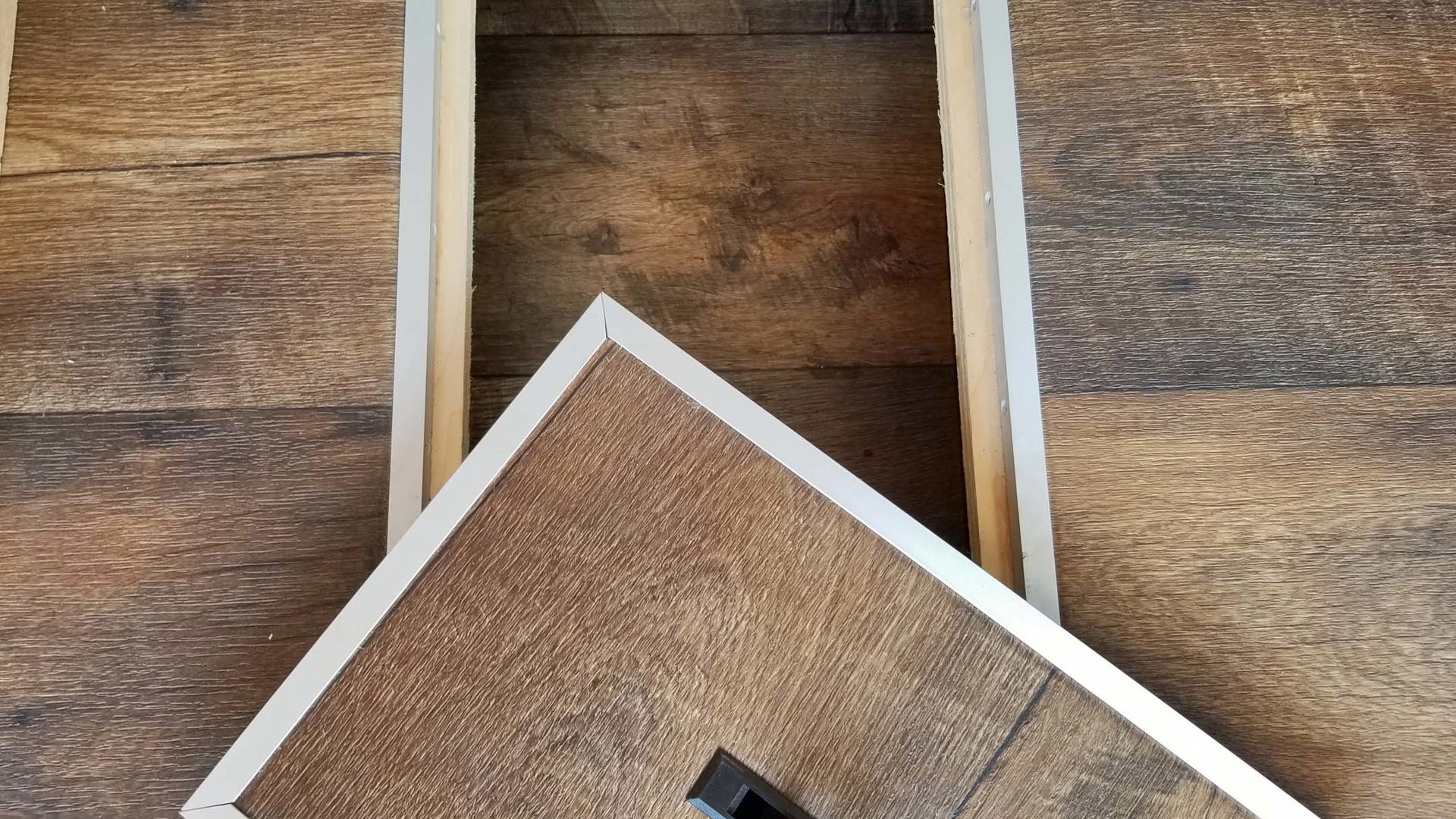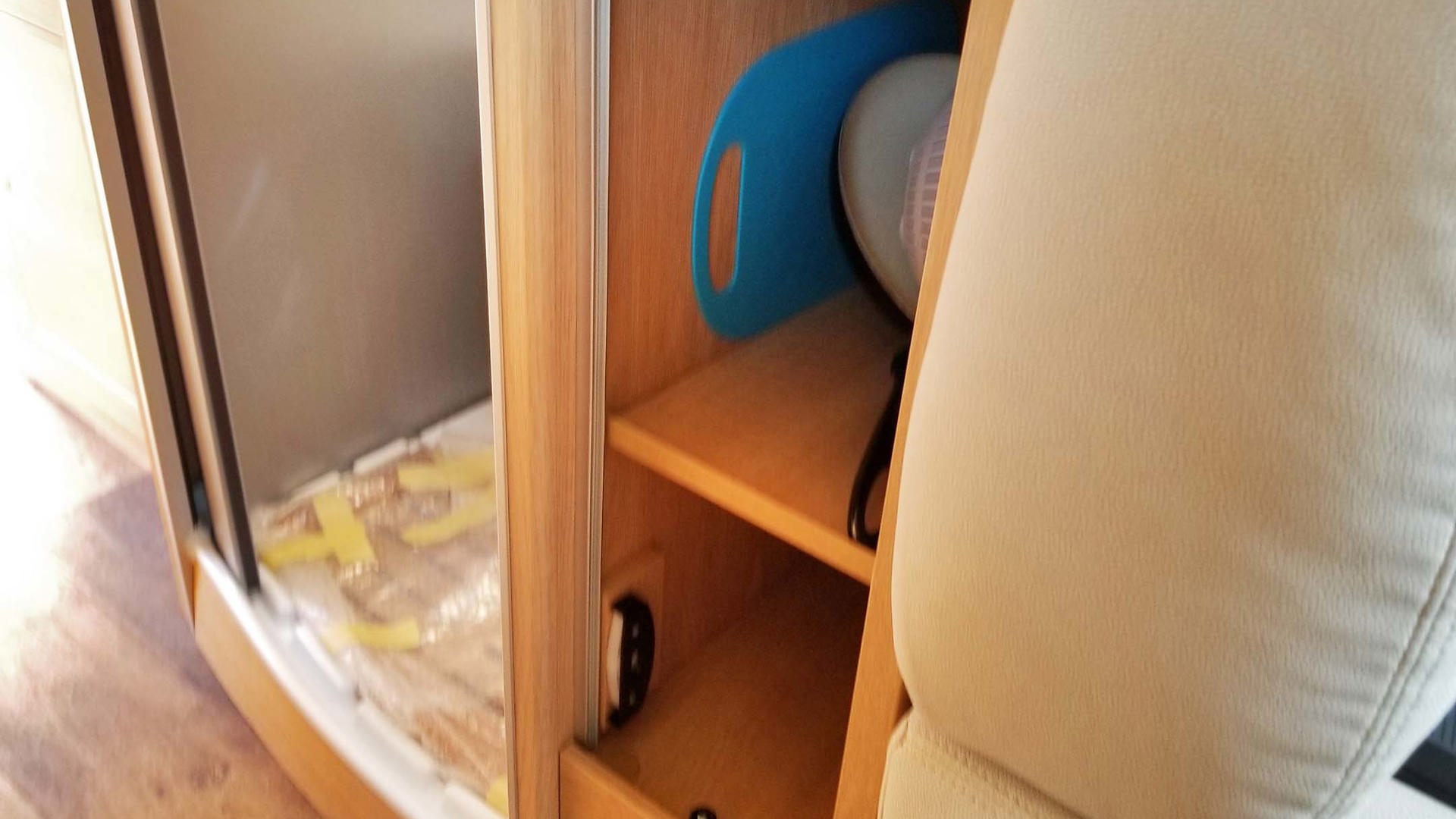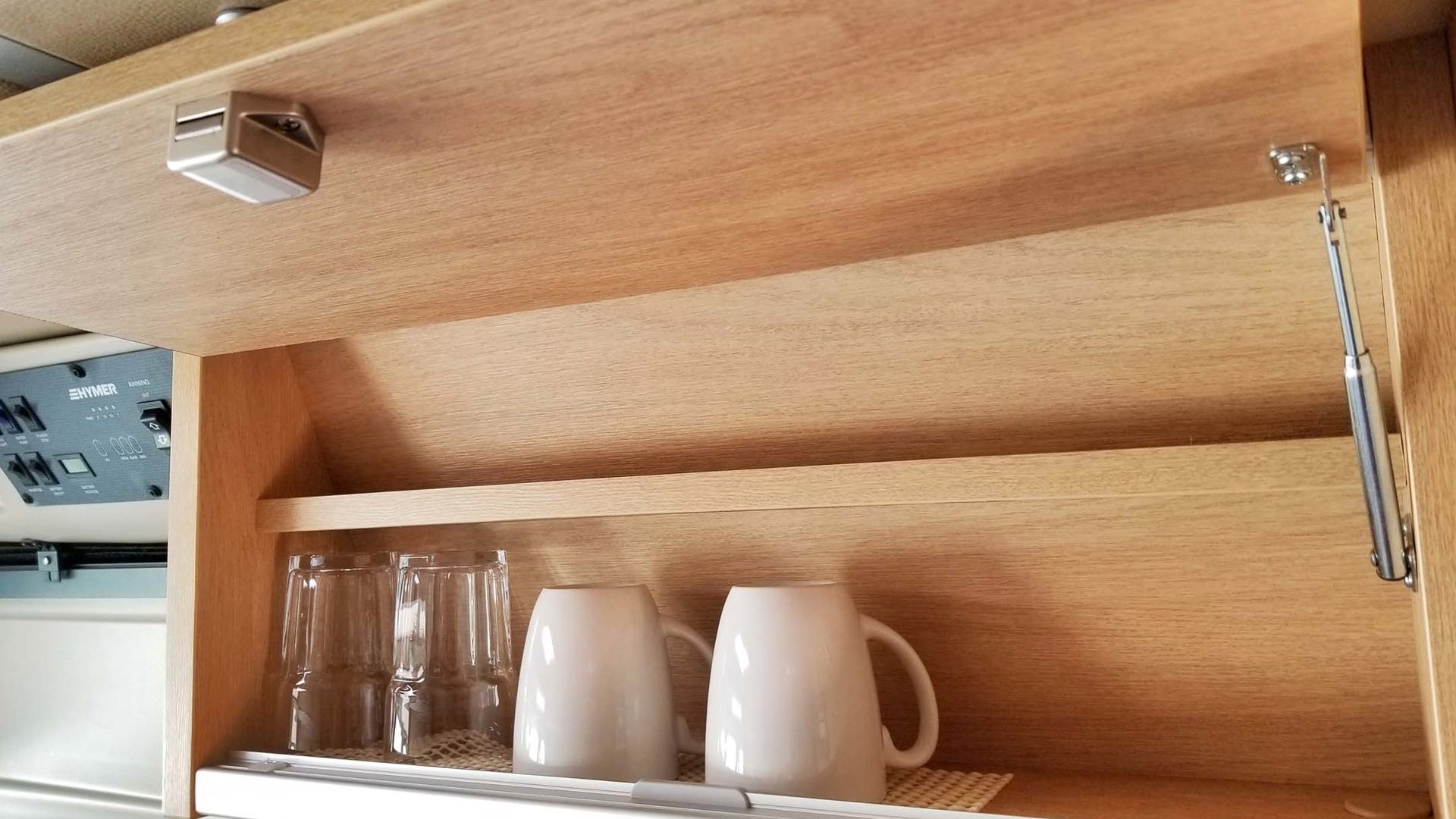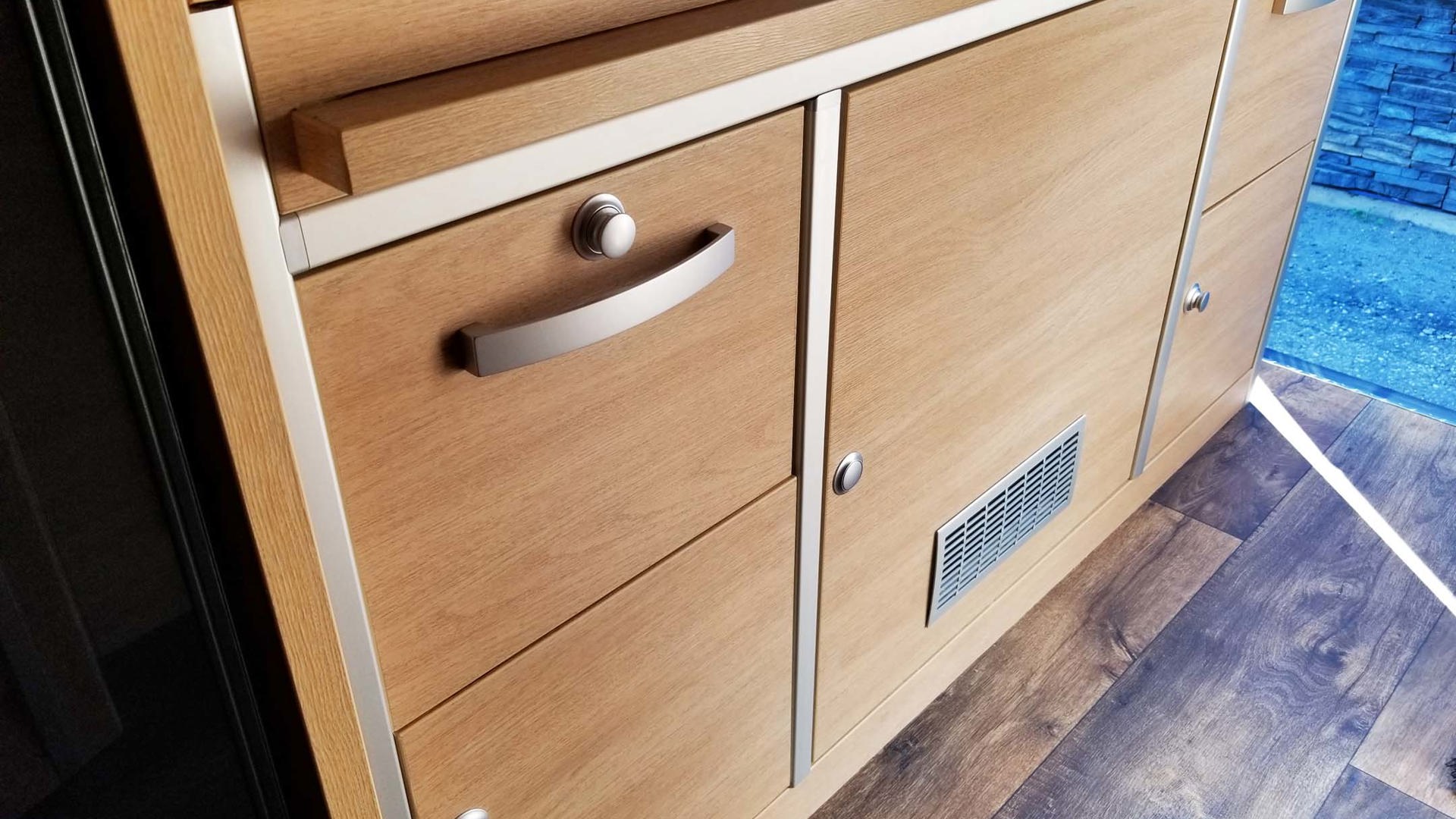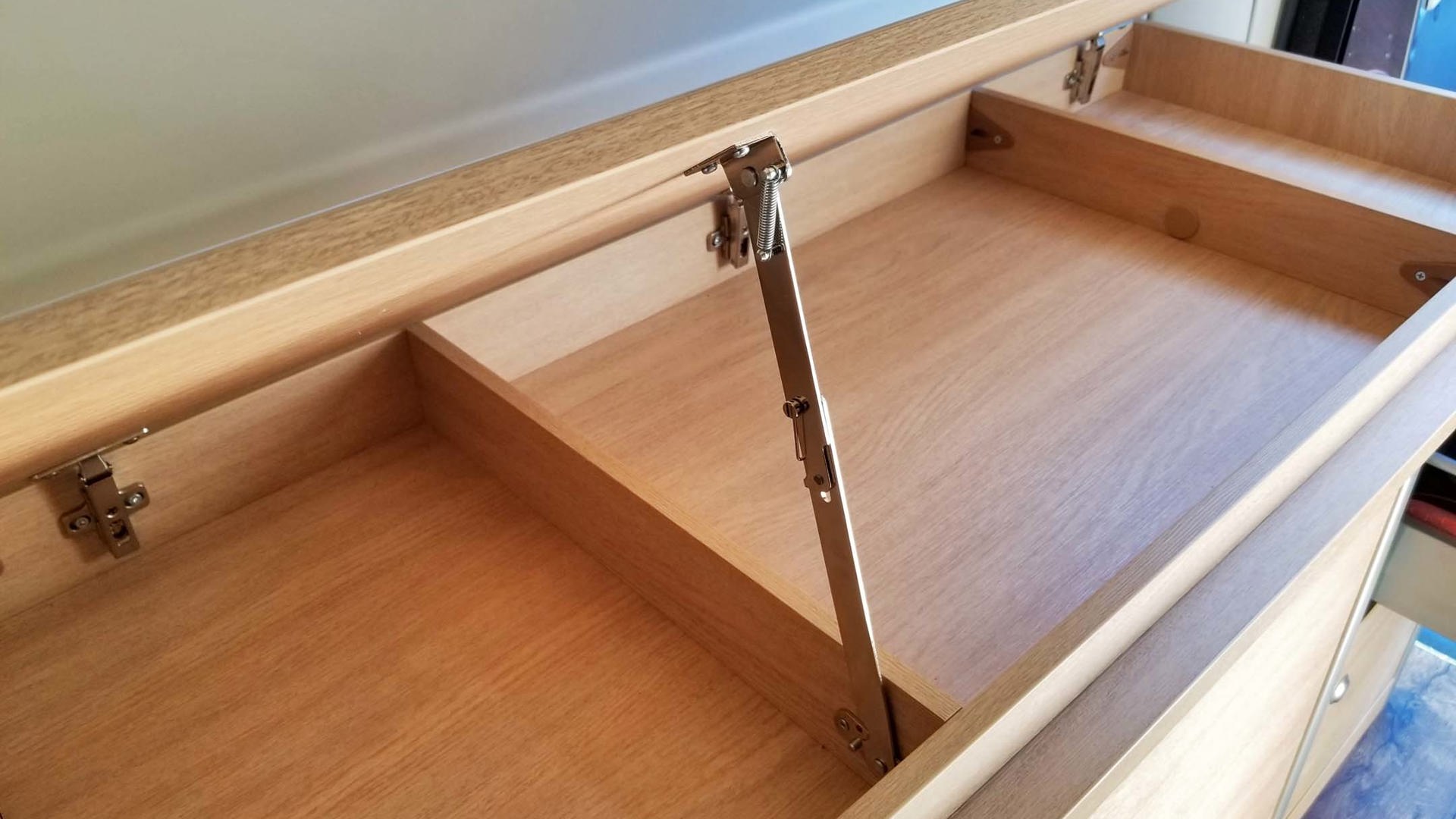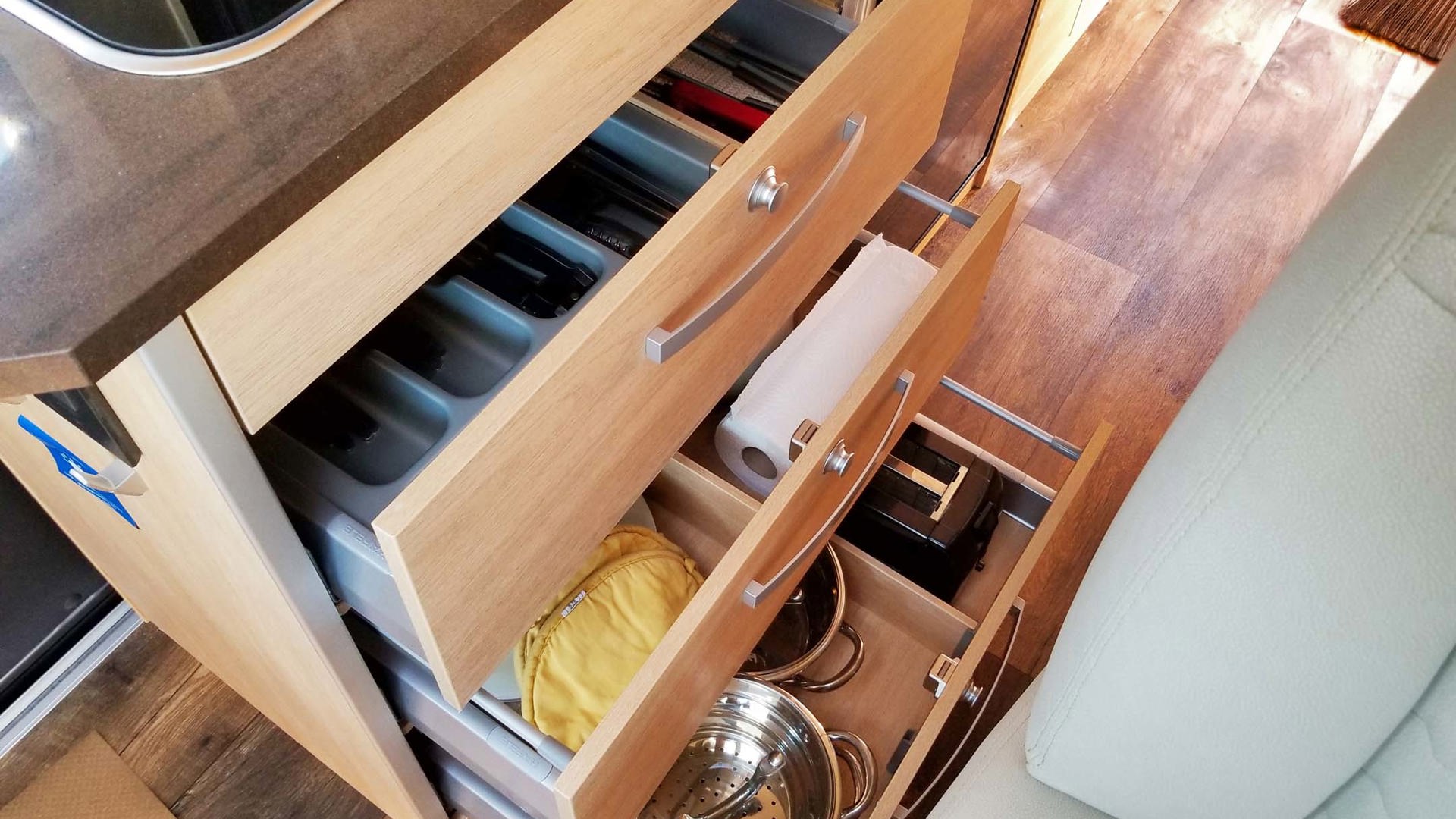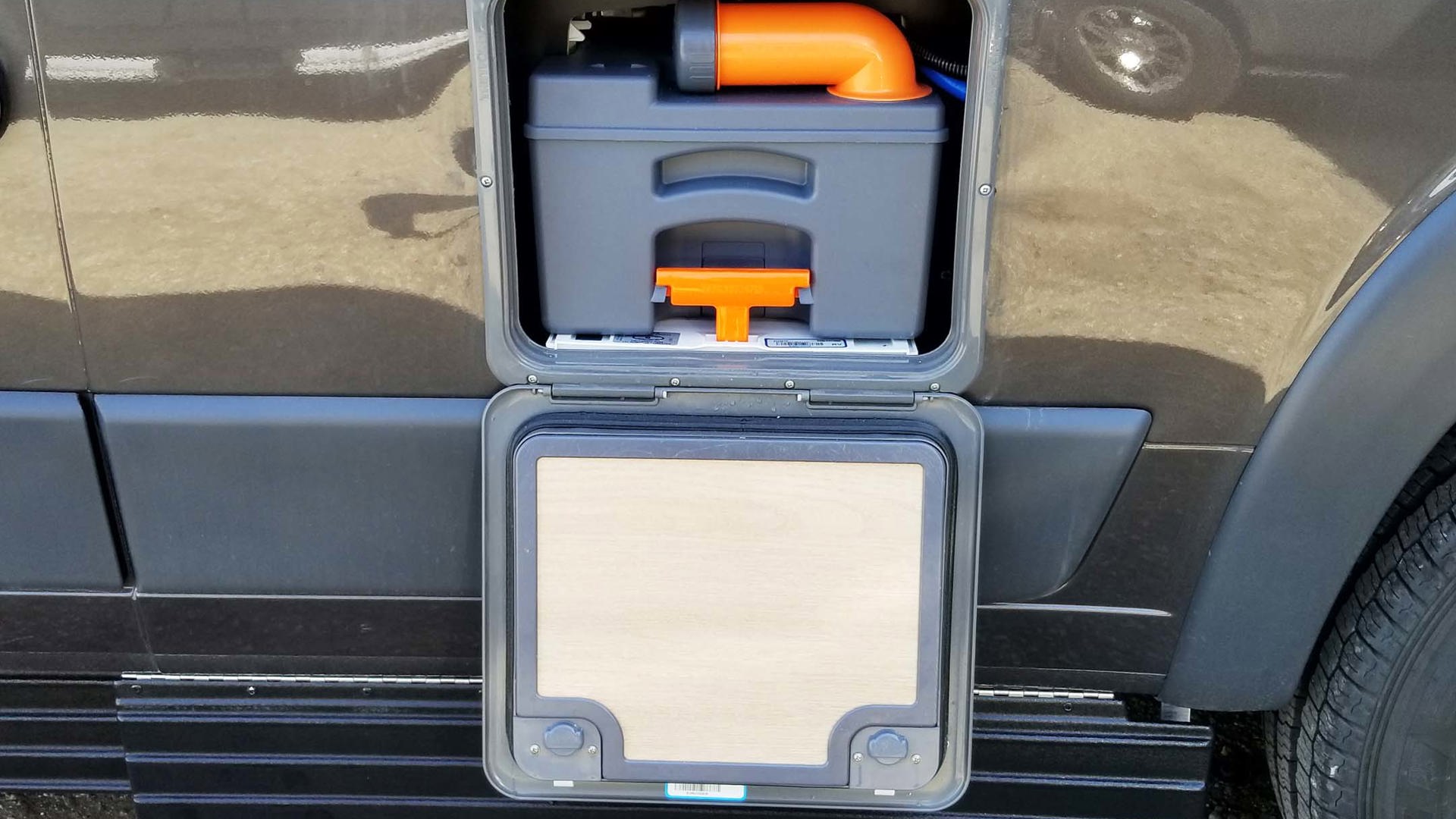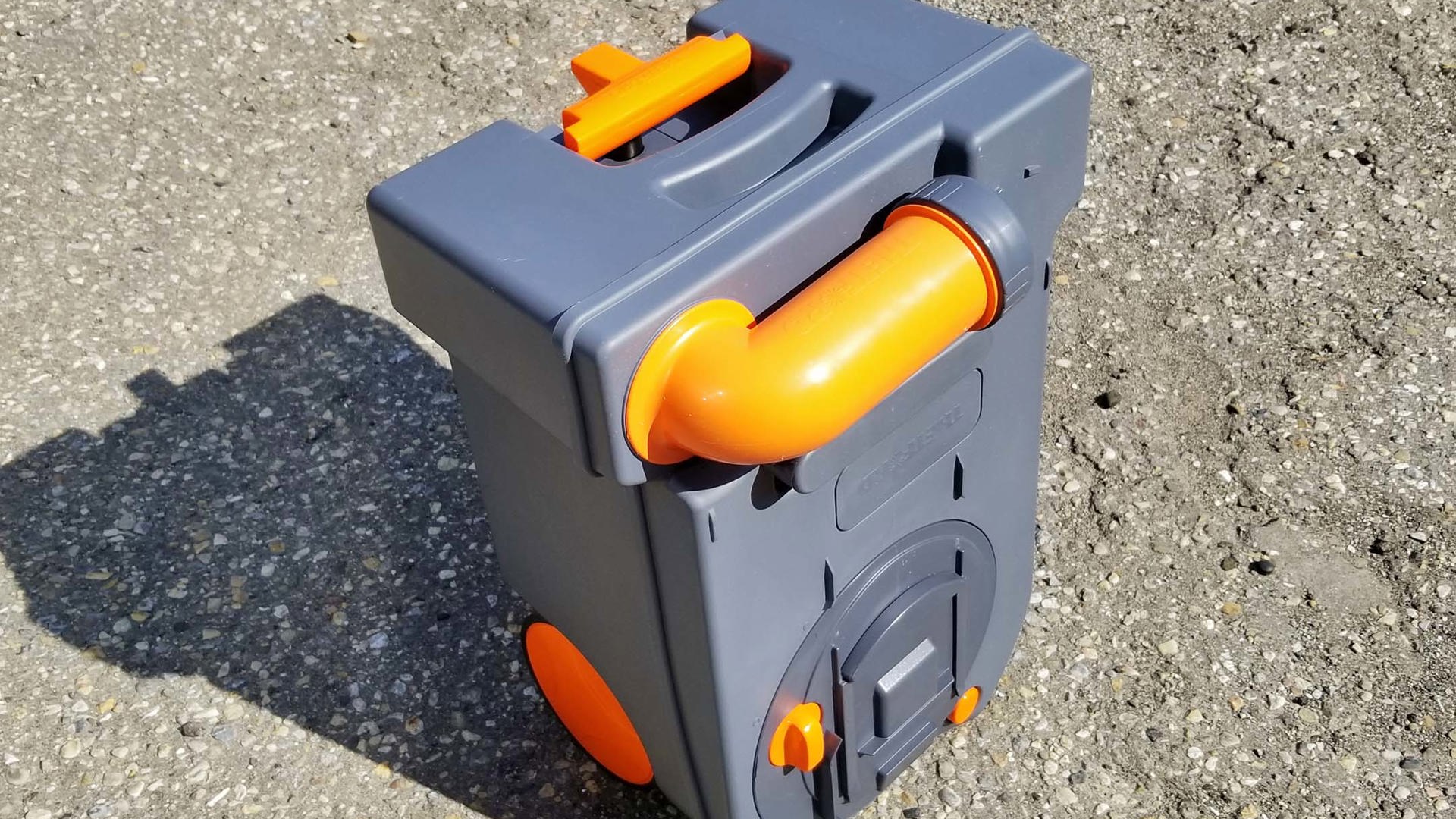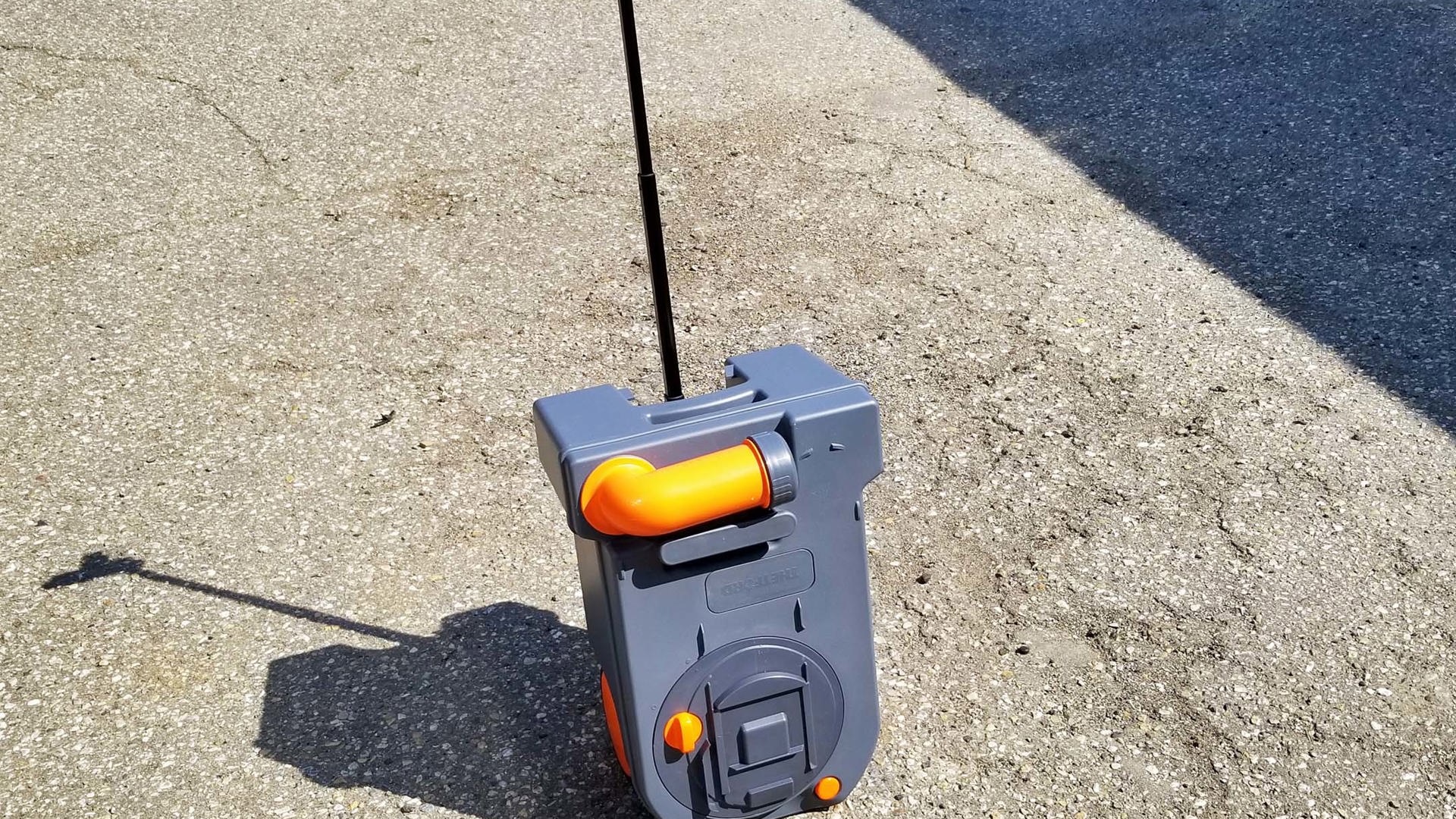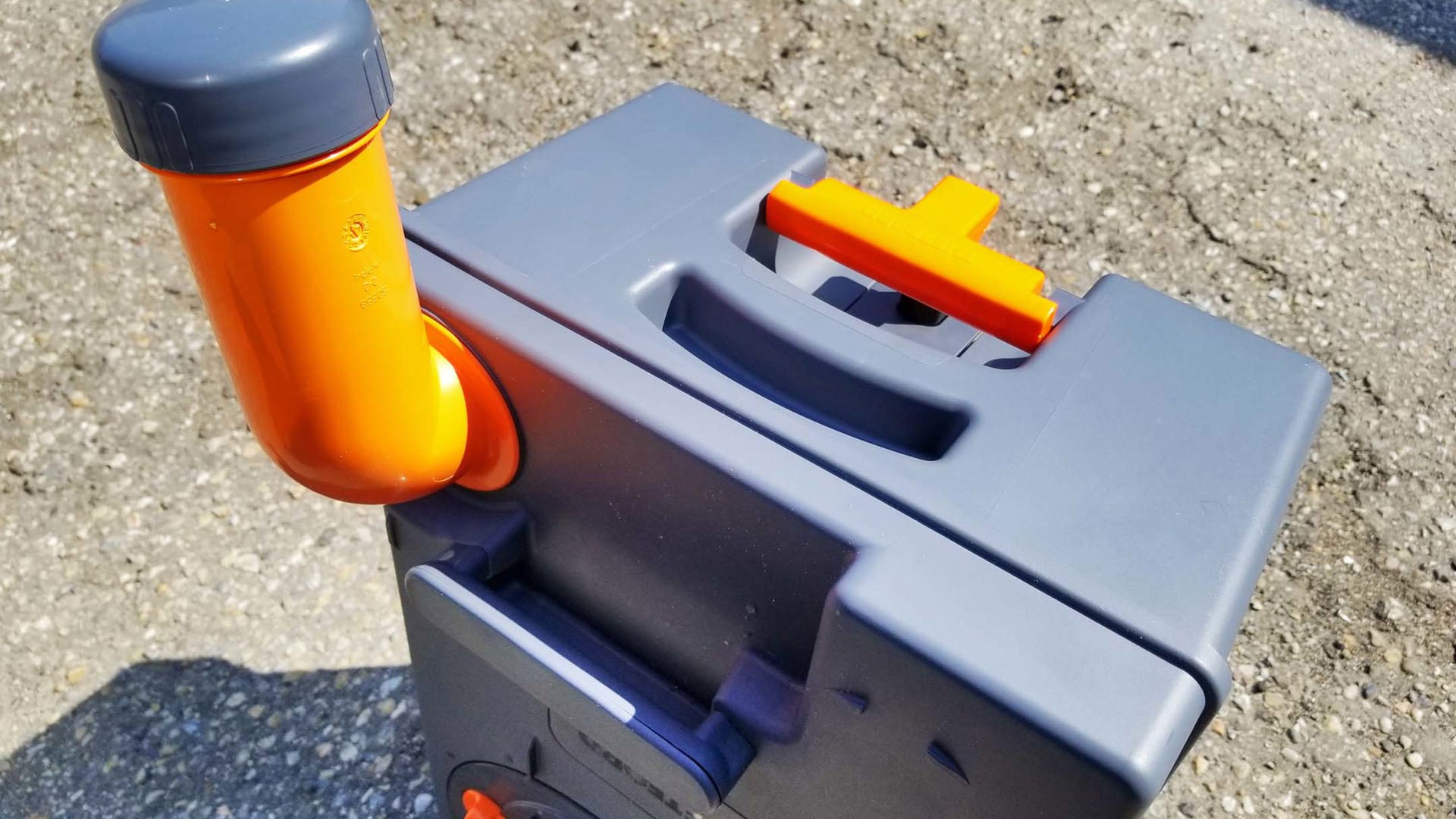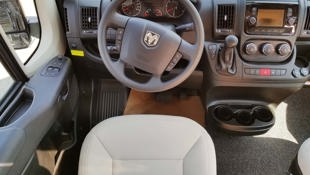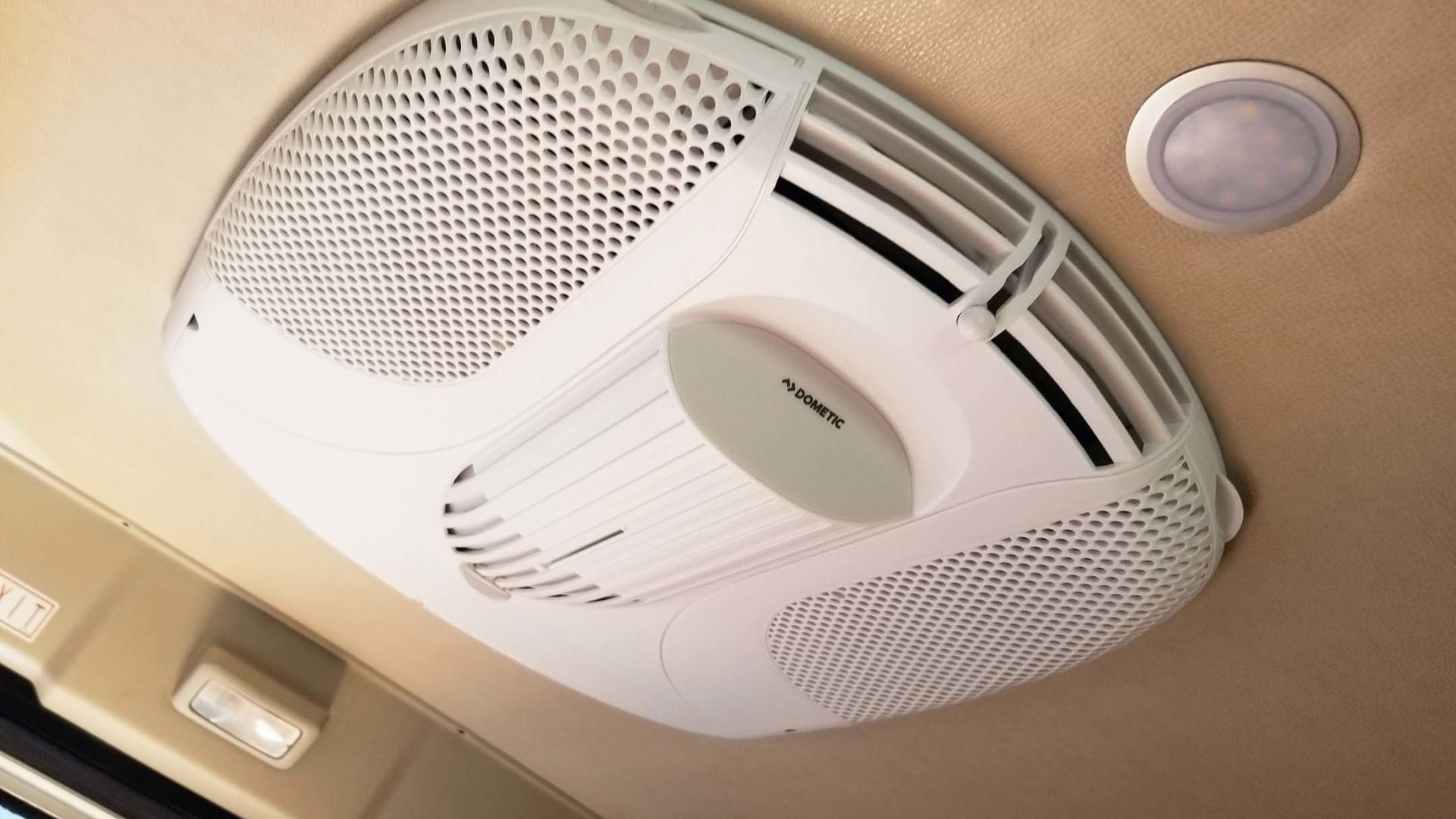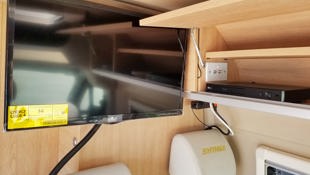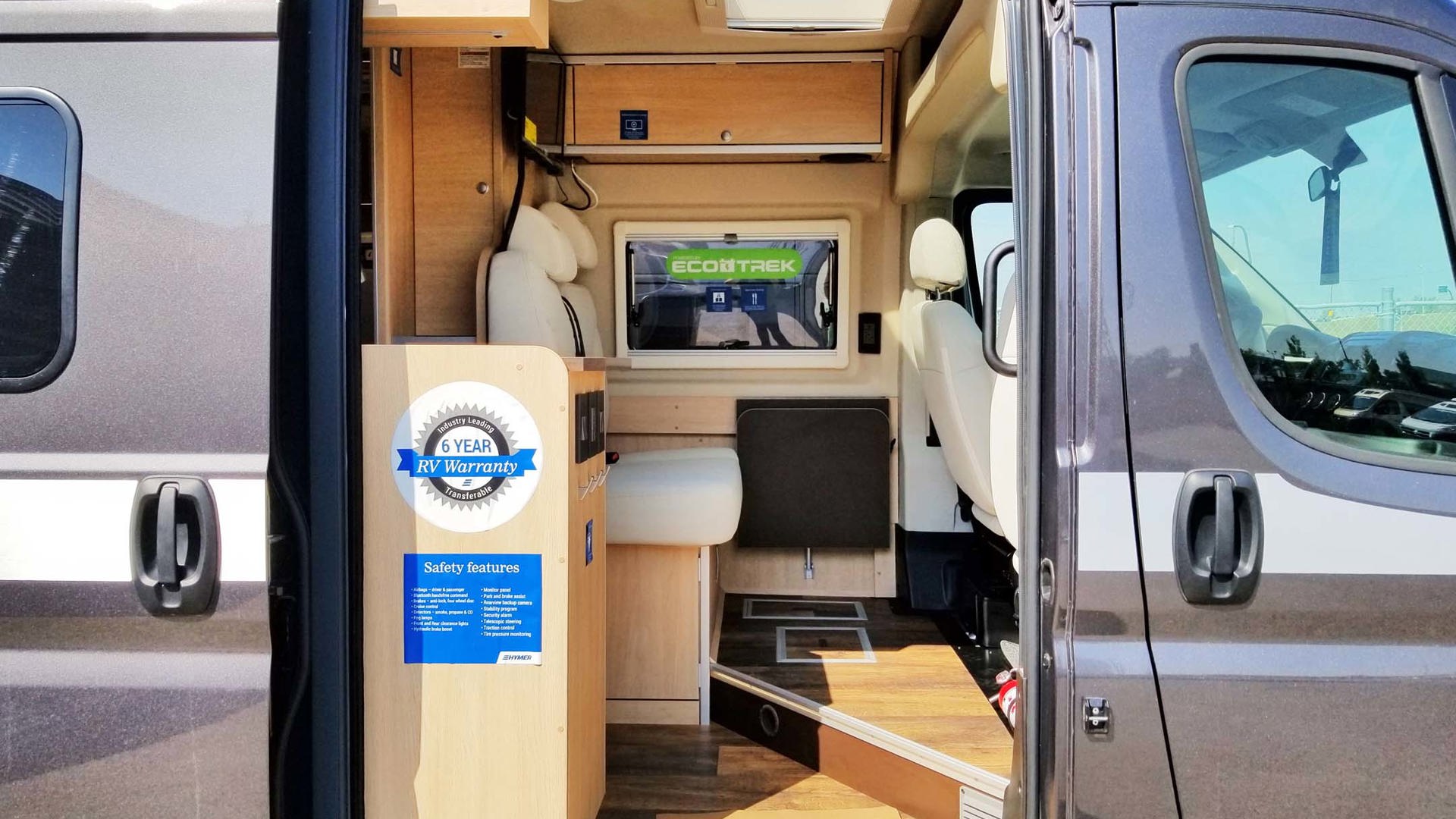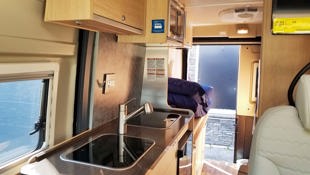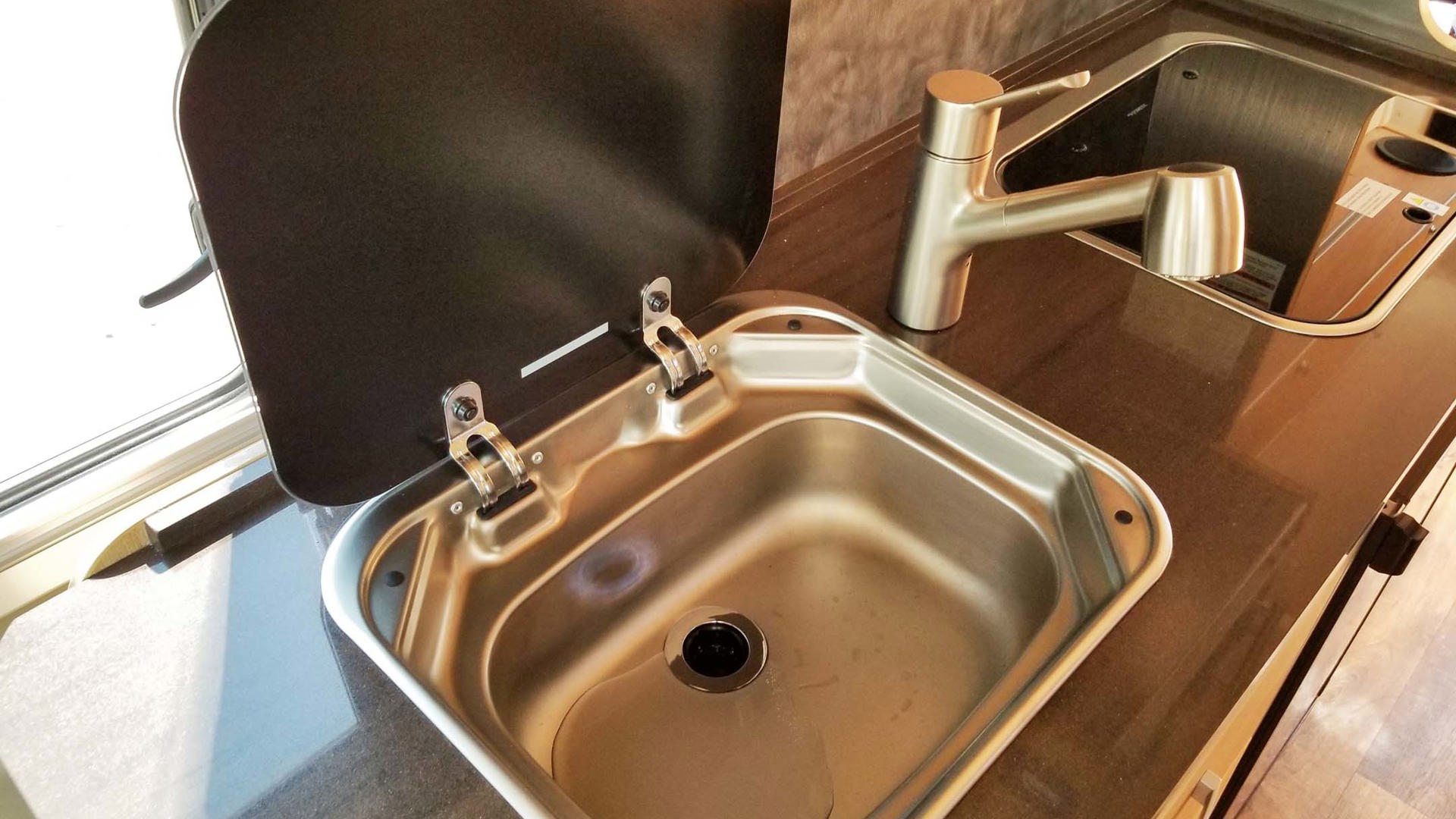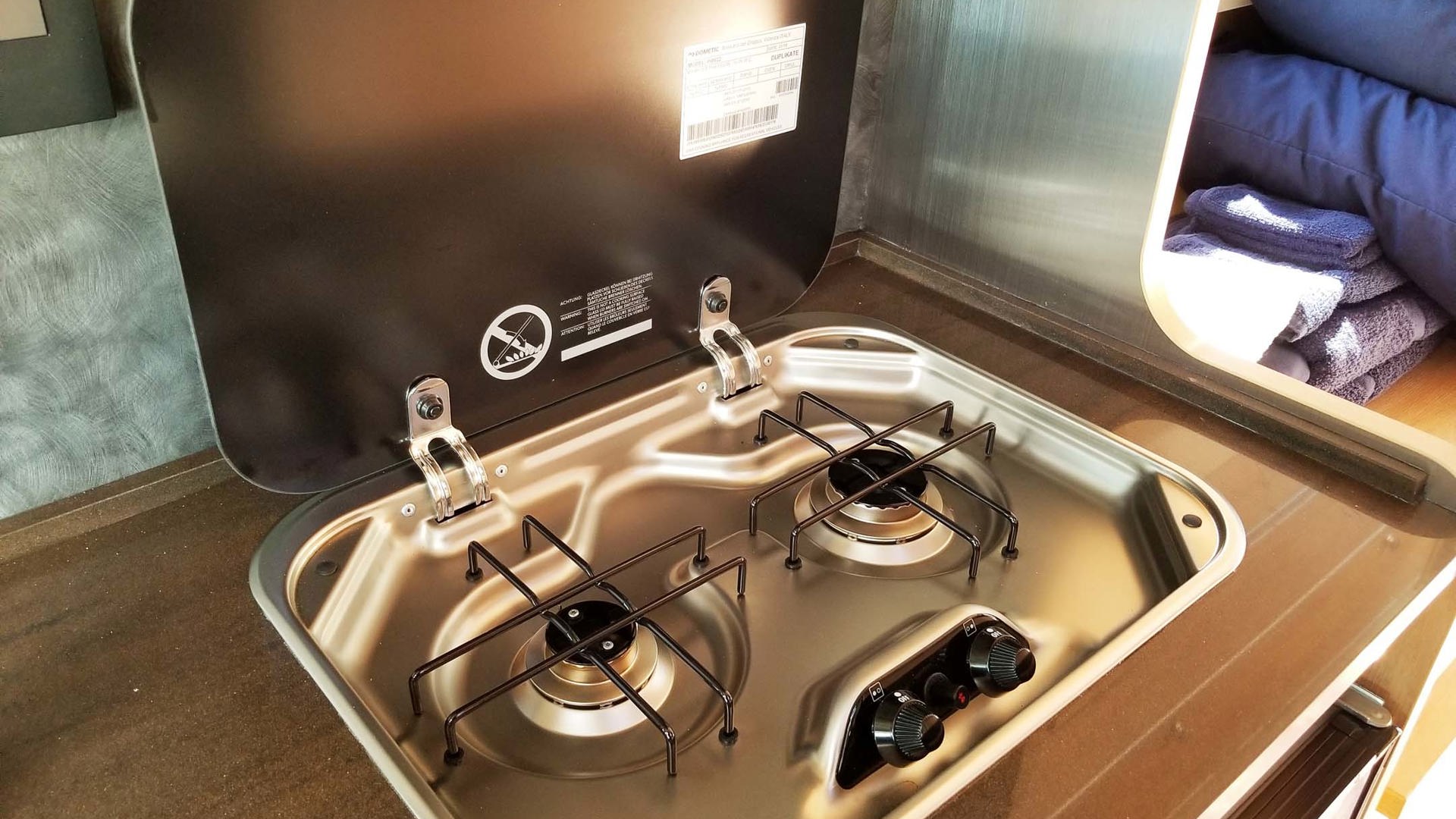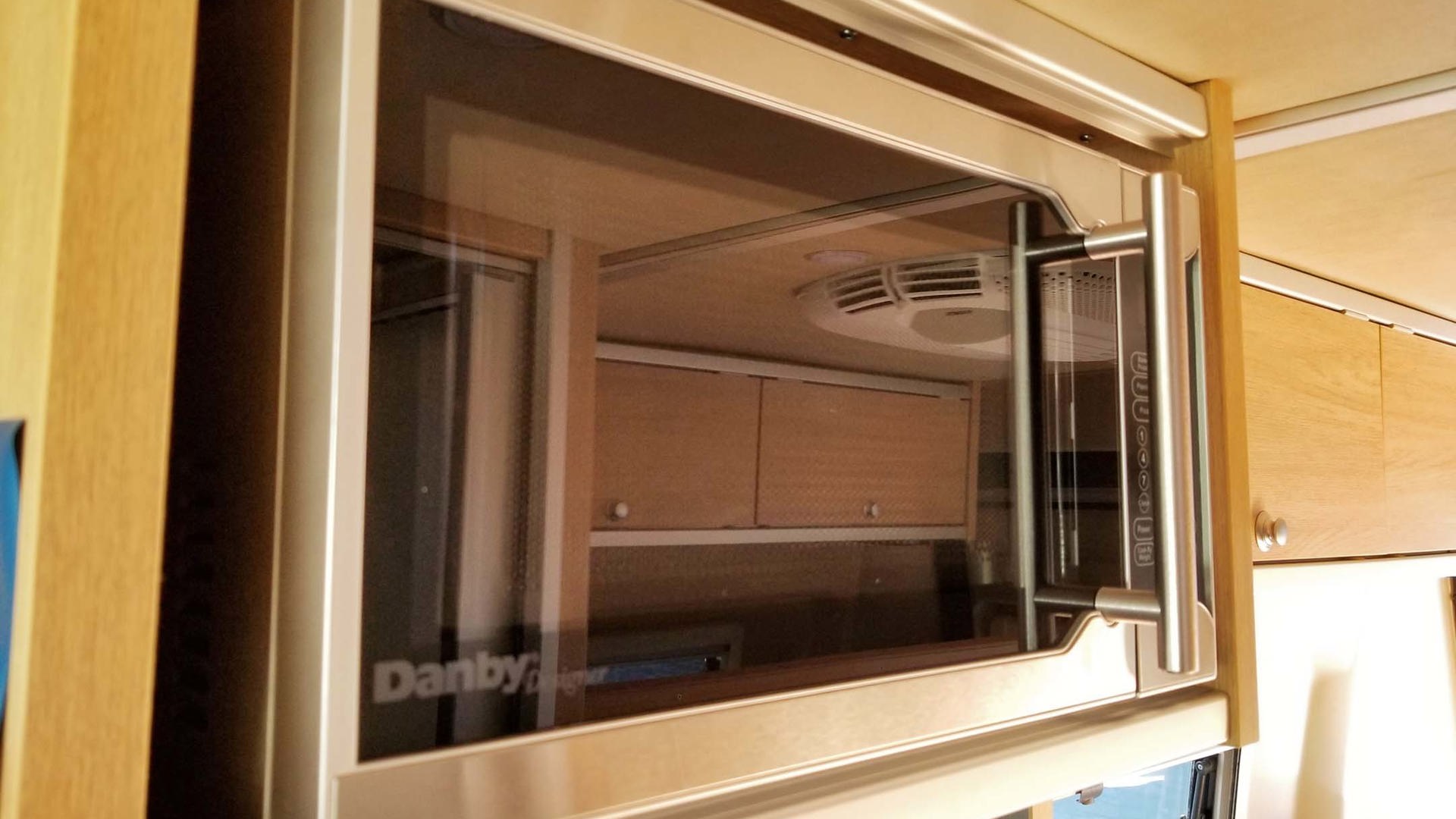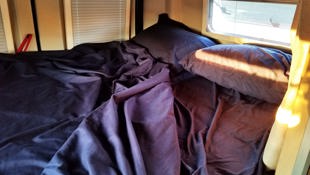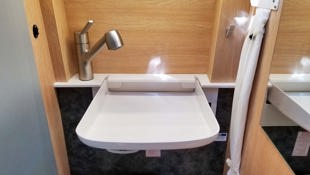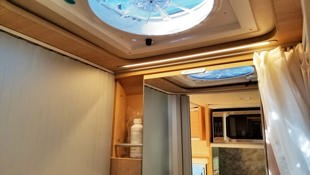They say that if you love something, you need to let it go.
Wake up in the morning and be packed up and ready to hit the road in about 20 minutes.
Well, I let the Hymer Aktiv 2.0 go, and now I’d like to have it back, please.
My daughter and I flit off on adventures across Canada all the time, and after spending doing just that this summer in the Aktiv 2.0, our road trips will never be quite the same. And to think that just a few weeks earlier I was perfectly fine with sleeping in the back of a minivan!
Sadly, the $112,980 Canadian that I’d need to pick up an Aktiv 2.0 of my own isn’t immediately available to me, so I’ll have to console myself with the wonderful memories we made over our 11 days touring Alberta and the Northwest Territories.
But if I did have that kind of money lying around, this is precisely the type of recreational vehicle I’d spend it on. The best RVs take great trips and make them even better by reducing the work and stress and letting you focus on the experiences. To date, I’ve not travelled in any vehicle that does this better.
What’s a Hymer?
Some Canadians may need an introduction. Erwin Hymer Group was started as a family business in Germany in 1956 and today specializes in cargo-van-to-RV conversions. It oversees several brands in Canada, including Roadtrek, Carado, and Sunlight, and Jeep conversions under the brands American Fastbacks and Cliffride. The Hymer name has been well-known in Europe for decades but is new to North America, having been launched here when the company entered the North American market in 2016. Conversions sold here are assembled at the company’s Canadian head office in Cambridge, Ontario.
The Hymer brand has three products here: Aktiv, Aktiv 2.0, and a towable trailer called the Touring GT. The Aktiv 2.0 is built on an extended chassis that allows for a 38 cm longer interior than the standard Aktiv while costing roughly $5,000 more, and that makes room for an optional rear power sofa to allow seating for up to seven people. The optional front bed creates sleeping space for up to four campers.
To Tow or Not to Tow?
Right off the top, deciding whether a camper van like the Aktiv 2.0 is the right RV answer for you comes down to a philosophical question: to tow or not to tow? There are excellent arguments in both directions.
Among the reasons why someone might choose to go the towing route is that, when you strip away the fantastically clever interior that I’ll rave about shortly, what you’re actually driving in the case of the Aktiv 2.0 is a Ram ProMaster 3500. With a 3.6-litre V6 engine producing 280 hp and 260 lb-ft of torque and pulling this RV’s 4,241 kg of gross vehicle weight, it’s best described as not exceptional but certainly acceptable. It needs some right-foot encouragement through hilly terrain, and the suspension and brakes are built more for function than for comfort.
It also lacks some of the higher-end amenities that a vehicle such as a modern pick-up truck would come with, like heated seats (Ram’s own seats come heated, but Hymer’s custom seats don’t), some advanced safety technologies – it has a back-up camera, but not blind-spot monitoring or emergency braking, for example – or a slick, smartphone-enabled infotainment system.
There’s also the fact that you’re always in the same space as your rattling cargo and cupboards, though this is something I grew to appreciate because if something wasn’t secured properly I realized it before it did any damage. And rather than ending up with a separate vehicle that you can easily pop into town with for errands, you need to pack your entire camper away before you can hit the road.
For myself, though, I’d still choose to go the route of the cargo van conversion. My daughter and I don’t tend to stay in one place for very long when we travel, and for us it’s a dream to be able to wake up in the morning and be packed up and ready to hit the road in about 20 minutes if that suits our plans for the day. I also deeply value the ease with which the Aktiv 2.0 adapts to varying situations. It fits into all but the shallowest parking spots, so you’re not stuck if there are no longer pull-through spots available wherever you are. Getting into a campsite, even one that requires backing in, takes no more thought than looking at the mirrors and the reversing camera. Plus, there’s something to be said for not worrying about putting massive amounts of clicks on your daily driver for a family vacation.
A Studio on Wheels
Were I even more of a nomadic type, I’m nearly convinced that my kid and I could happily live in one of these things permanently. We found it that easy to make ourselves at home in.
My top priority in any home, rolling or otherwise, is always the kitchen, and this one is ideally sized for two people. It’s got a 3.1-cubic-foot fridge under the counter large enough to let you go a few days between grocery shops, a 700-watt microwave overhead, a two-burner propane-powered stove, and a small sink connected to a 114-litre fresh water tank. The latter two are equipped with lifting glass covers that extend the available counter space when the appliances aren’t in use.
Both the inverter and the water pump are controlled by the flip of a switch situated just above the sliding door, which is also where the control panel for the on-board water heater is located, which can be run either on propane or electrical and switched between them easily if needed. The propane tank holds 22 litres of liquid propane. I was constantly worried about running out in a remote area, but the on-board digital metre never budged over 11 days of consistent use.
Behind the driving cabin, the ceiling accommodates a height of up to 6 feet and 1 inch, so my 5-foot-7-inch self had plenty of head room to spare. In the back, dropping a panel and unfolding a segmented mattress converts an open hallway with plenty of cupboard space into a very comfortable king-sized bed. Unfortunately, getting back into that storage space requires moving the bed out of the way each morning, but it didn’t take me long to figure out how to get the mattress out of the way with the sheets still in place to reduce the amount of work it took to set it up again, so it really only took a minute or two. The bed is mounted a little high – I had to give my kid a boost and then give myself a running start to get us into it – but throwing a folding step stool into one of the storage cupboards would solve this problem easily.
Packed with German Ingenuity
If you’ve ever stayed in one of those uber-efficient European hotels where the entire bathroom is contained in about a two-by-two-foot square, then you’ve experienced the kind of ingenuity that’s gone into packing a lot of functionality into a very small space.
In the Aktiv 2.0, there’s a toilet along with a large sink that drops down and clicks back up and out of the way when it’s not in use. It’s angled such that the water always moves directly toward the drain, which removes concerns of slopping soapy water everywhere.
The tap also extends outward so that it can be used as a hand shower. All of the surfaces are waterproof and there’s proper floor drainage and draping to protect privacy and the bathroom’s interior cabinetry, so it’s relatively simple to use. Because of the amount of water it uses, how wet it leaves everything, and the general lack of space, I only used it when I was really in a pinch. But this was a very nice feature to have on that morning when the campground’s showers were coin-operated and I had absentmindedly spent all of my cash on souvenirs.
Because we drove every day, we never came close to battery drainage becoming a concern. In fact, it didn’t take me long to stop being concerned about finding campsites with 30-amp service despite being equipped to use it since we didn’t generate enough load to make it worth the effort of plugging in. (The weather was mild enough that we didn’t need the heater or air conditioner often, though, and we’re not really TV watchers; making more use of these systems would have changed our experience.) That said, our power use was very easy to monitor on a panel mounted just above the sliding door, and there are several on-board systems that can help mitigate draining for those who like to stay put for a few days at a time. The optional roof-mounted solar panels help recover some energy on sunny days, and there’s also an available system called VoltStart that uses a switch on the dashboard to enable automatically firing up the ProMaster’s engine and running it for 30 minutes if the battery’s charge gets perilously low.
The power extending and retracting steps at each door are a nice touch, and the step for the sliding side door has a hold switch to keep it in place over longer periods. There’s also a powered awning with LED lighting that creates a lovely place to sit as sunny summer afternoons transition into evenings.
Dirty Jobs Made Easier… Mostly
One of the most appealing aspects of this RV is how easy a job it is to deal with black water. This task is never a pleasant one, but it’s made much more tolerable with the removable, portable tank the Aktiv 2.0 has on board. It works fine at traditional black water disposal pits, but if it’s time to empty it and the line-up for the nearest one gets unbearably long – or it’s out of service, which actually happened to me on this trip – you’re not left stranded. Instead, you have the back-up option of rolling your tank into the nearest restroom to use a pit or a flush toilet for disposal instead. This feature saved my bacon more than once. The tank isn’t huge at 17 litres, so I was dealing with it every two or three days, but it was such an easy job that I didn’t mind that frequency all that much.
In fact, to my surprise, the job I came to dislike the most by far was emptying the gray water, and with a capacity of 87 litres in the tank, I found that I was doing this every other day as well. This is done through a hose that drops out of a storage tank mounted underneath the van’s body on the outside of the RV. Getting the hose out wasn’t bad, but I somehow managed to cut my thumb on the plastic casing every time I opened the valve, and the hose never fit back into the storage compartment as easily as it came out, so I ended up sitting on the ground and using two hands to shove it back in every time. Making this hose half as long would solve a lot of these problems without taking away any usability.
There are a few other things I’d change if I had my druthers. My number one beef is that the second row doesn’t have a cup holder, which meant that I had to keep my daughter’s drink in a cup holder up front and hand it back to her every time she asked for it while we were driving. A locking mechanism to keep the table folded out would be a welcome addition; we tended to knock it with our knees a little too easily and risk sending food flying. The design of the kitchen sink meant that it tended to pool water in the corners, especially if we weren’t parked perfectly flat, which made cleaning it out properly take some extra effort.
And, mea culpa: I busted the right rear window by leaving it open and then promptly opening the sliding door into it. There are warning stickers on the window and the door about this, but I missed them all. I’ll blame jetlag and my own inattention, but it wouldn’t hurt to make those stickers a little more prominent, too.
Verdict
The Hymer Aktiv 2.0 is advertised as being an RV suitable for up to four people. I’d consider this a little bit a stretch. It would work well for a family of one to two adults and up to two small children, but once those children became pre-teens and teenagers, that would have to be one seriously patient and tolerant family for everyone to get along for more than a couple of days at a time.
For a pair of road warriors like my daughter and me, though, who appreciate the freedom to come and go and enjoy the adventure that the Aktiv 2.0 delivers, I find it pretty darned close to perfect.
